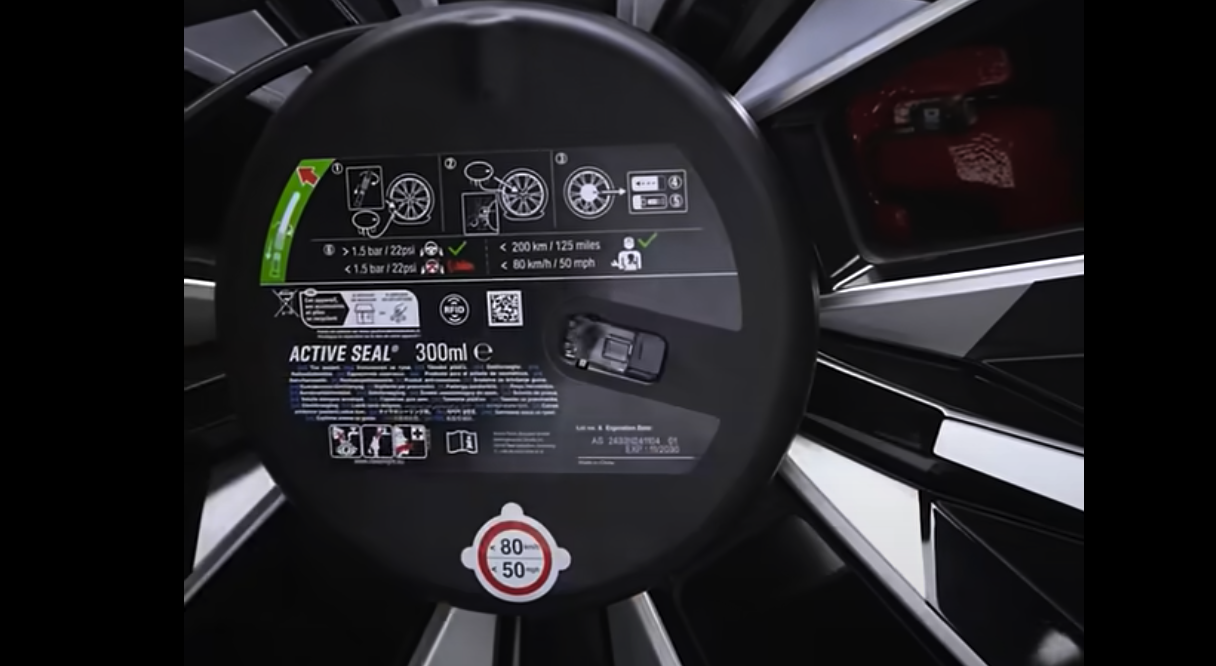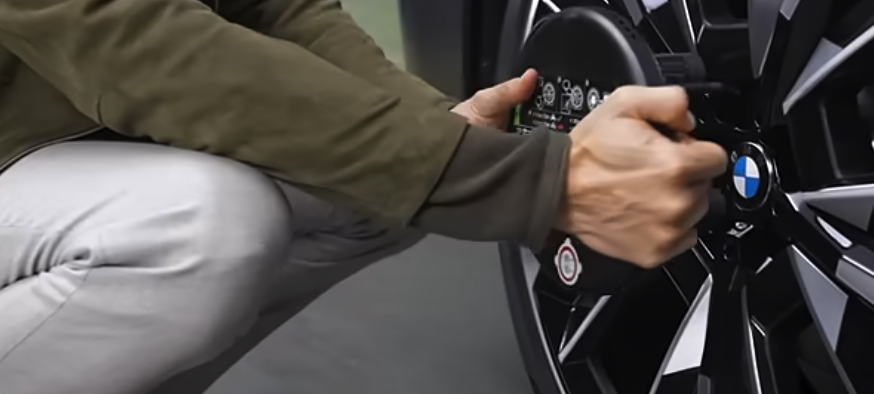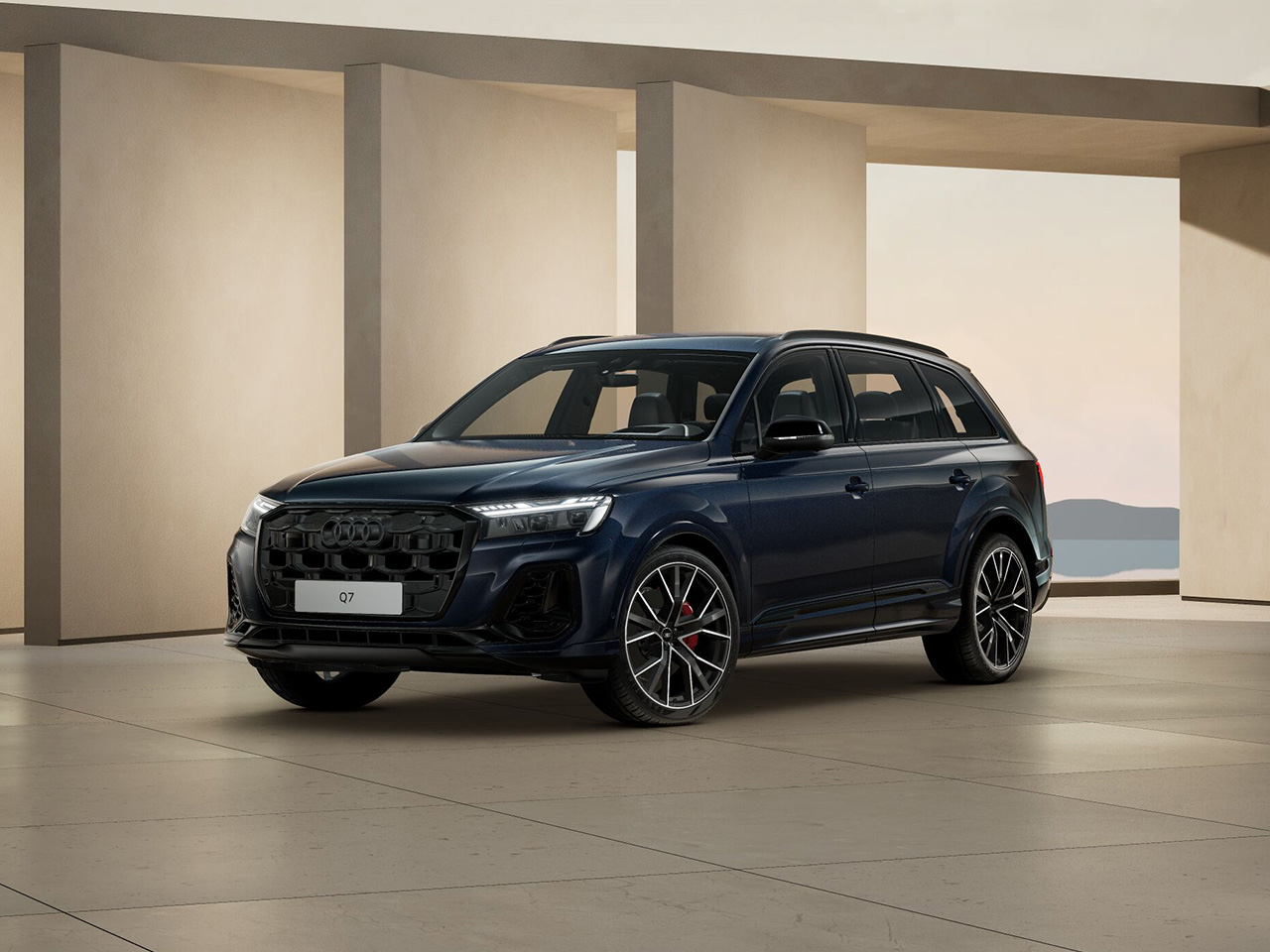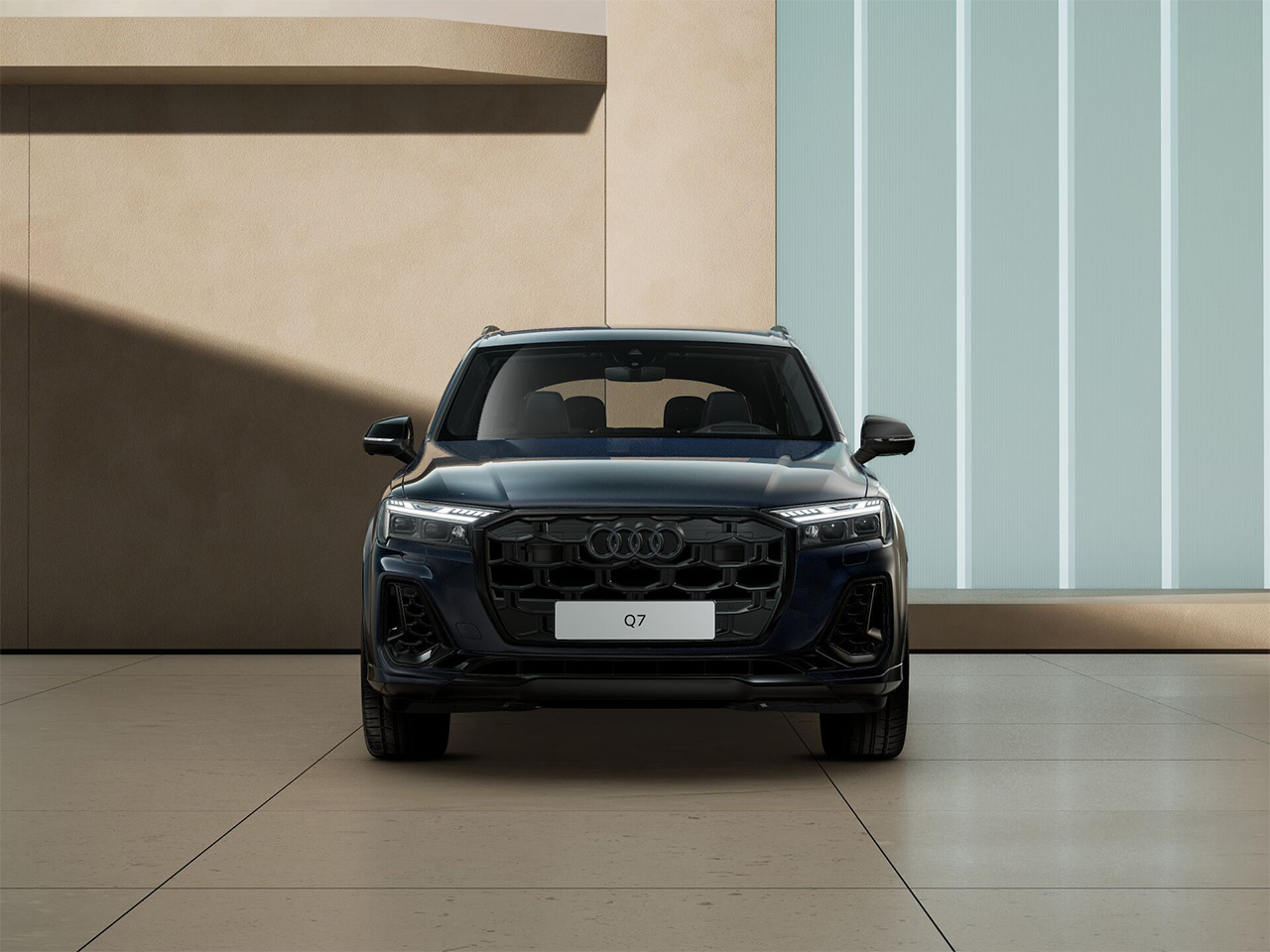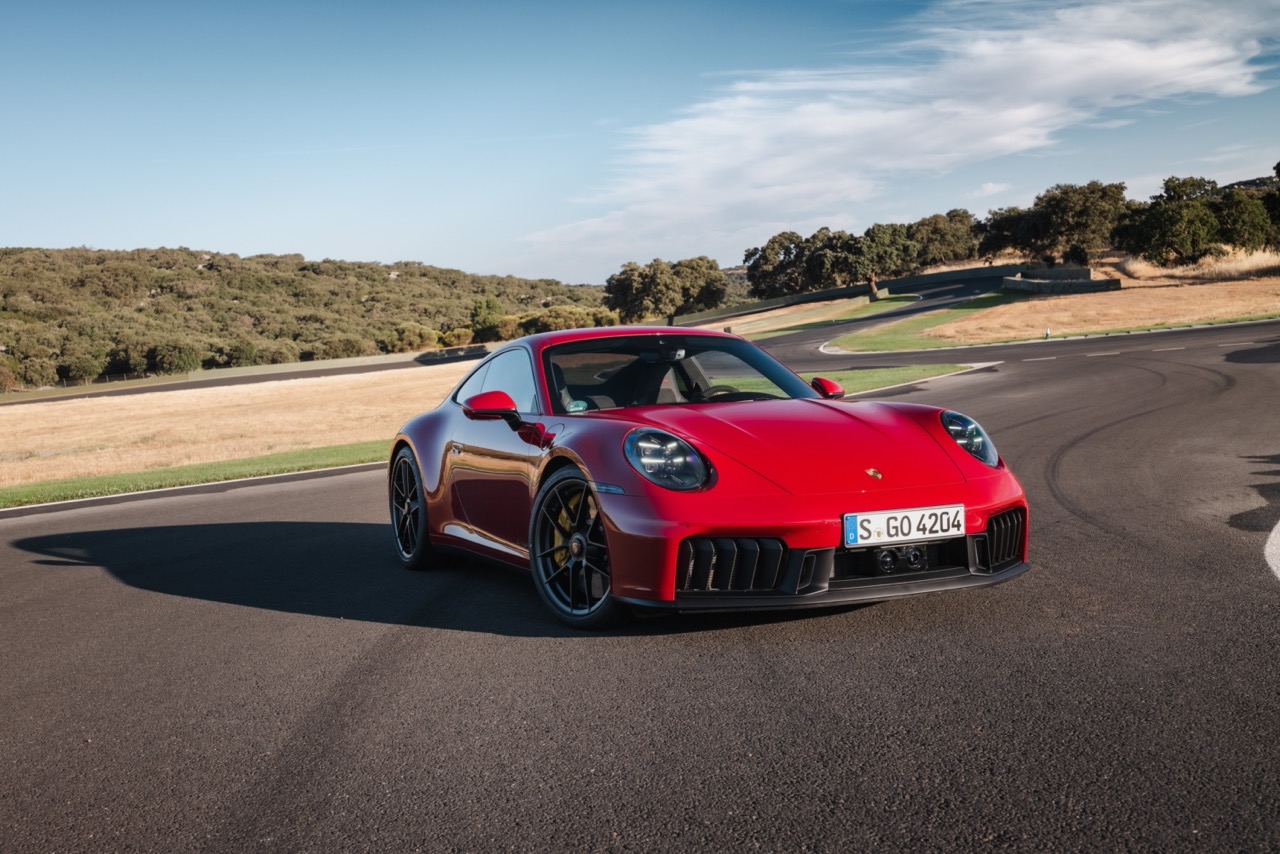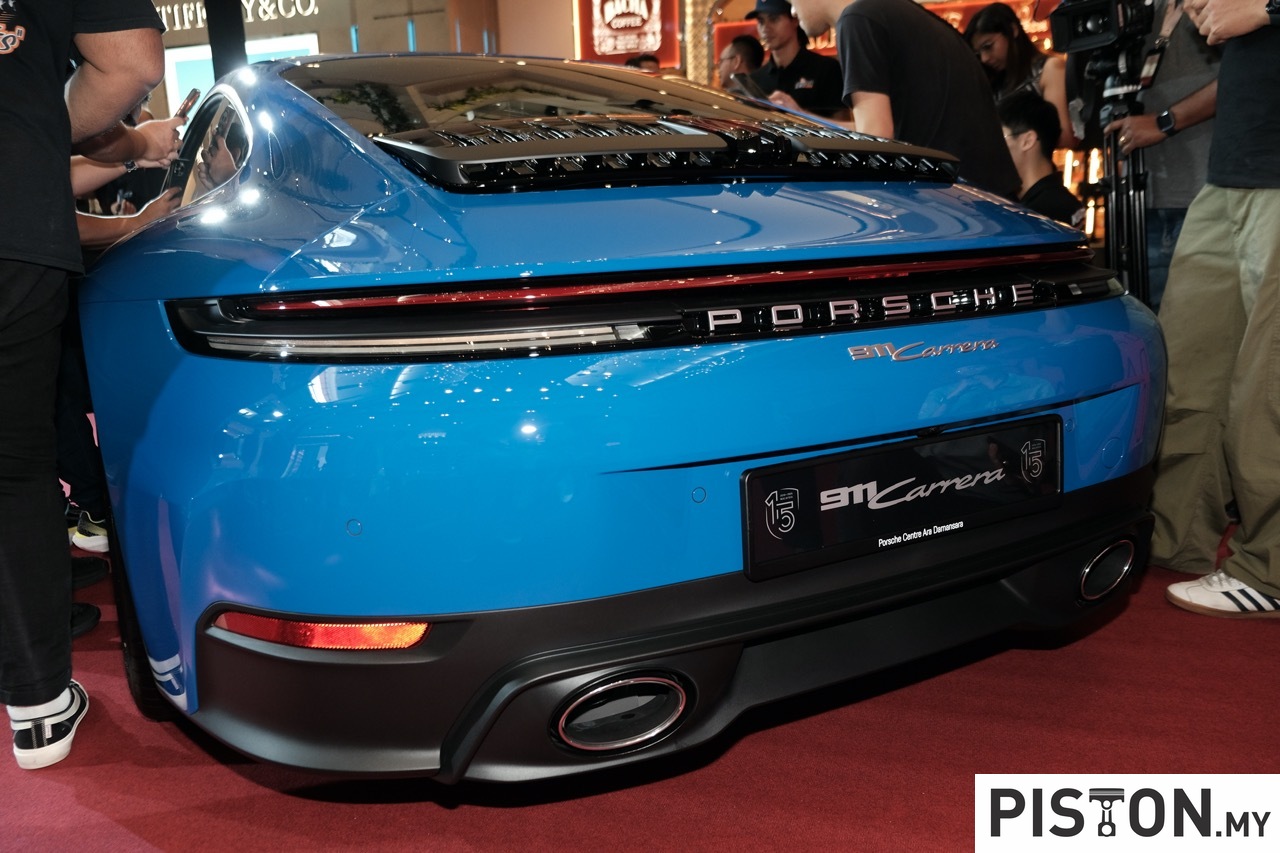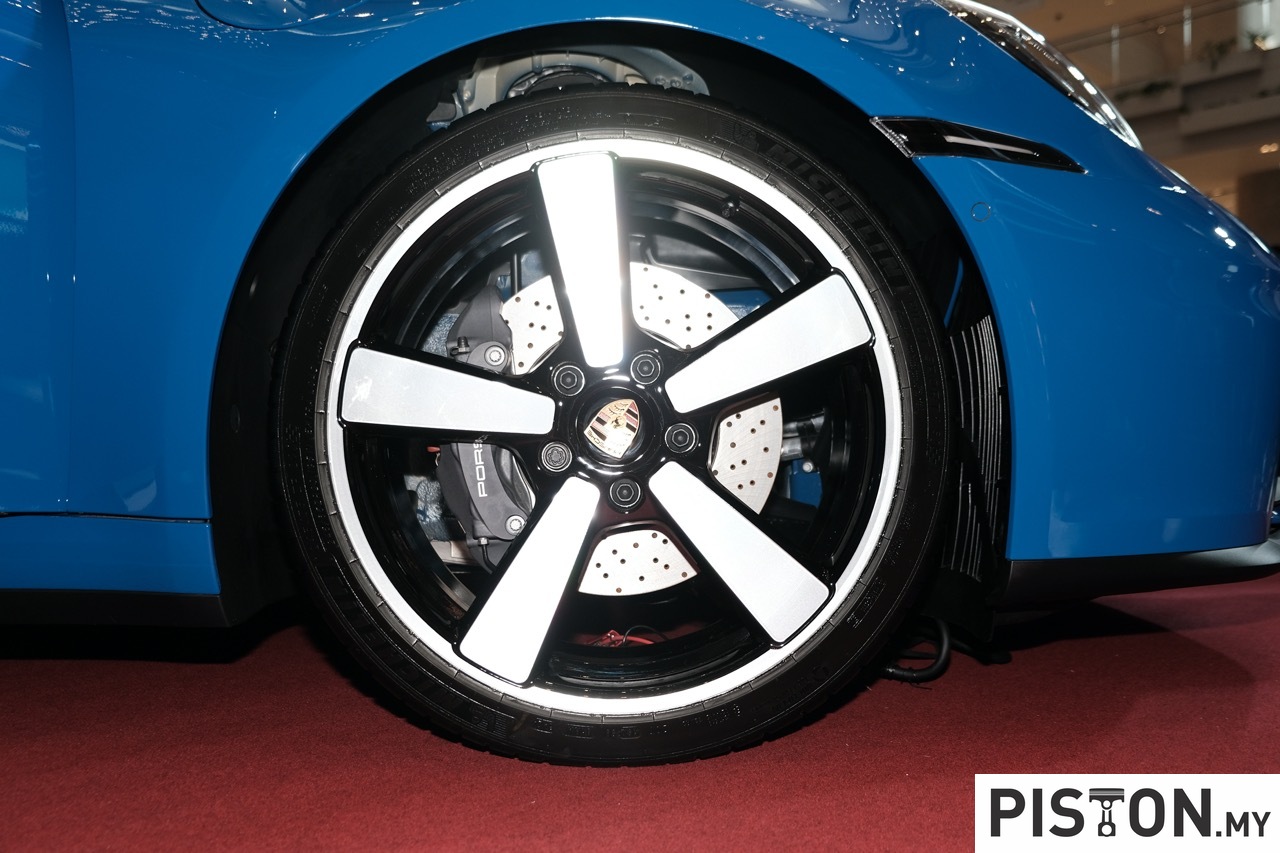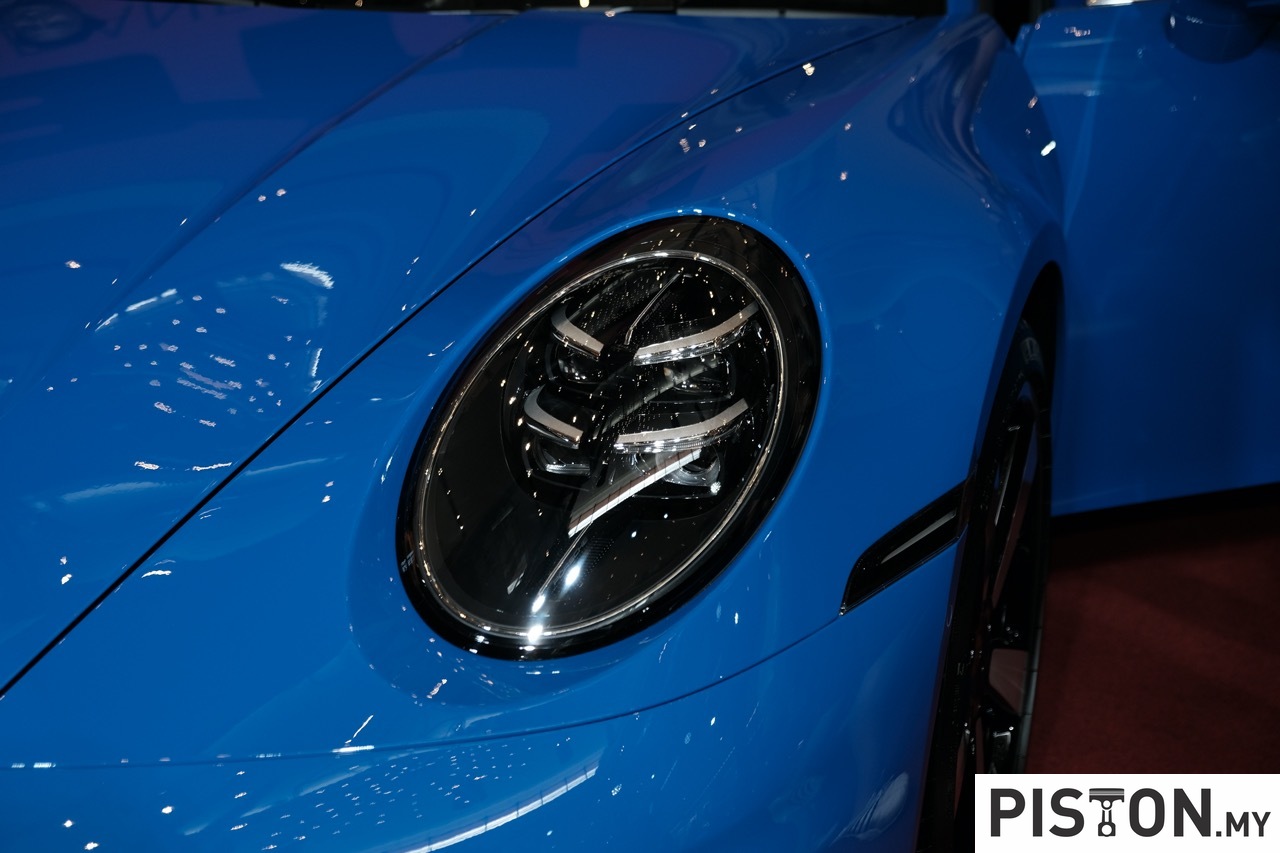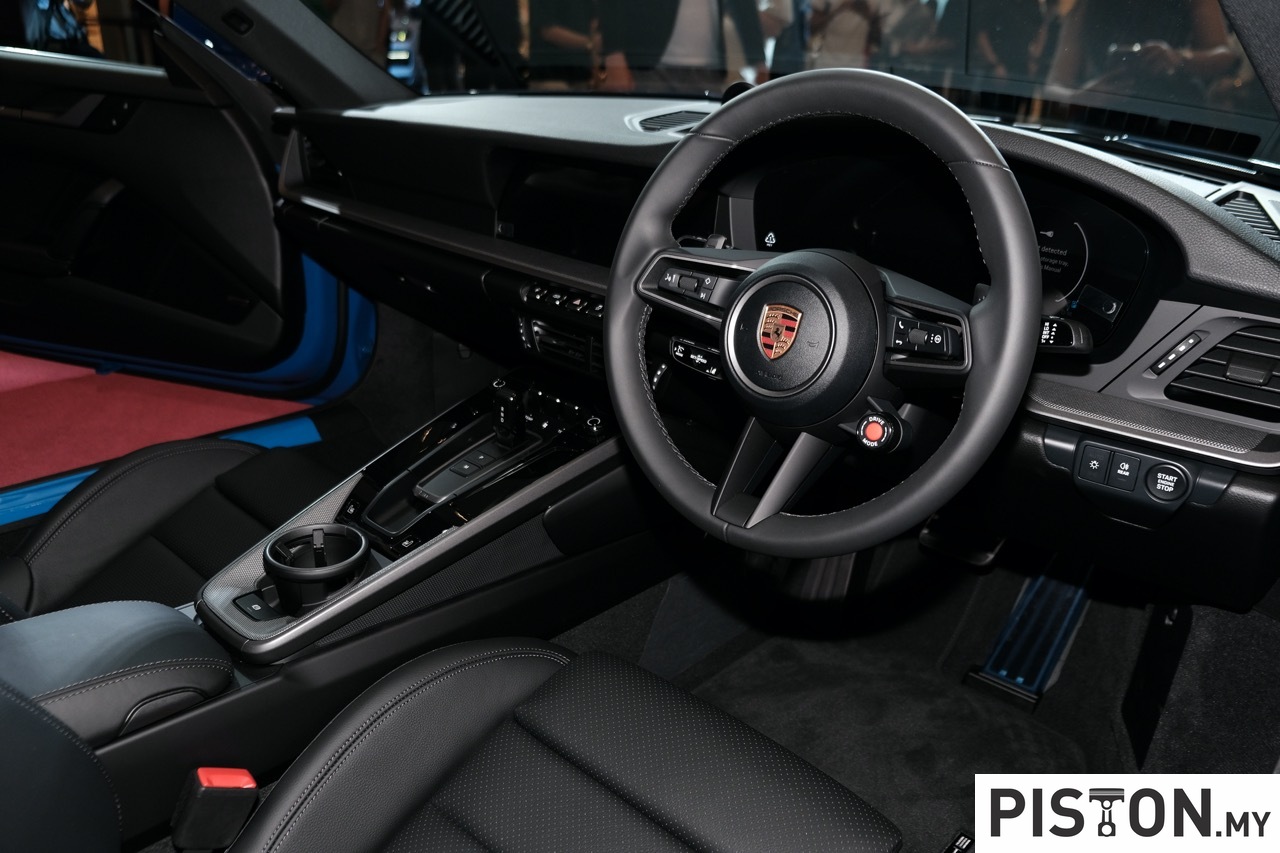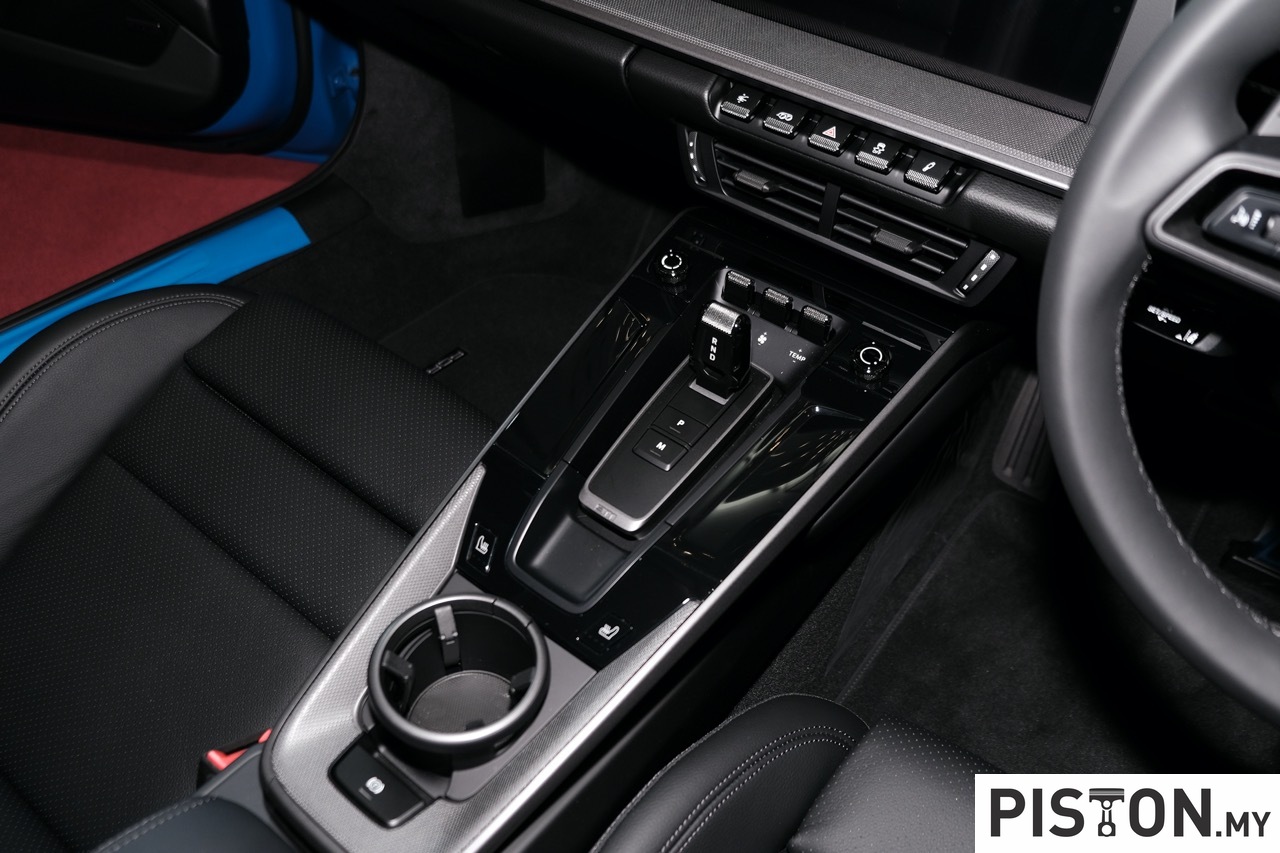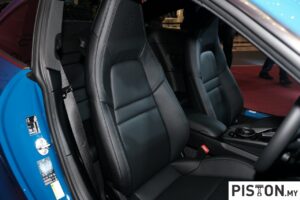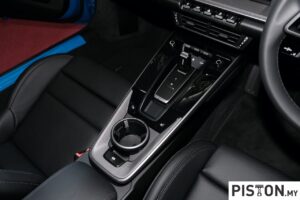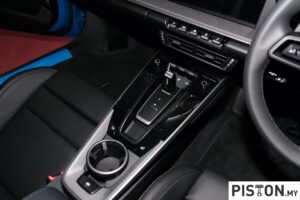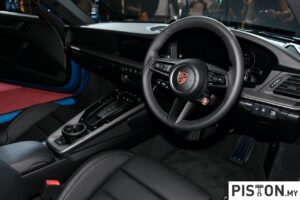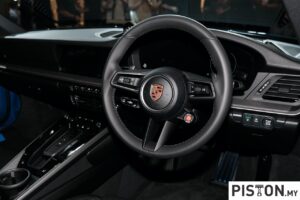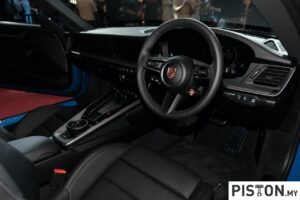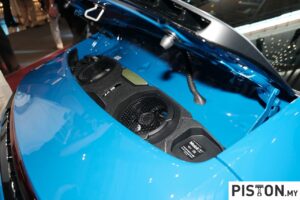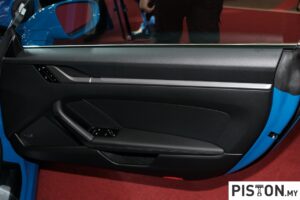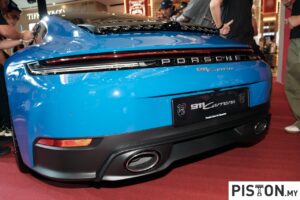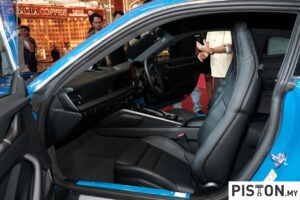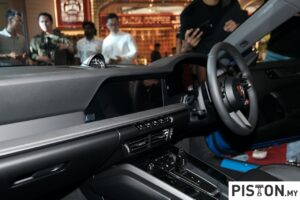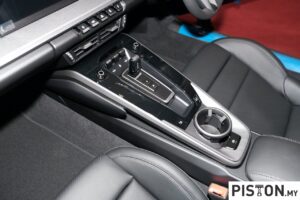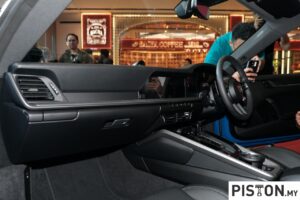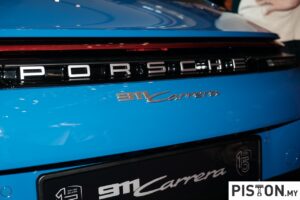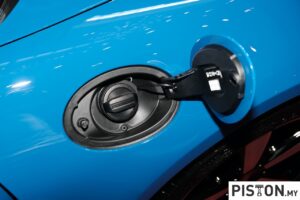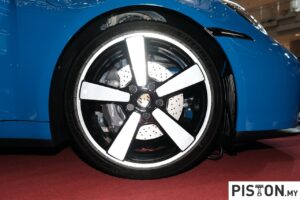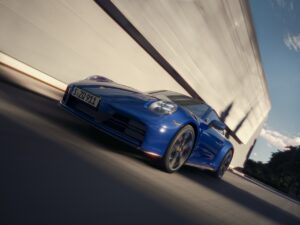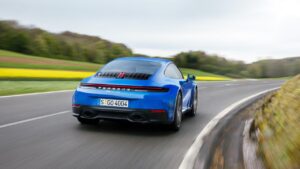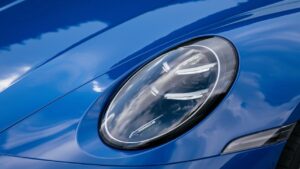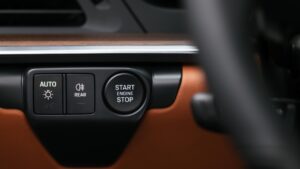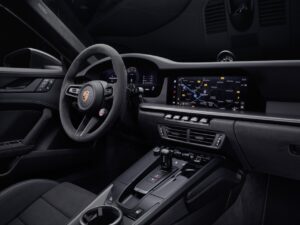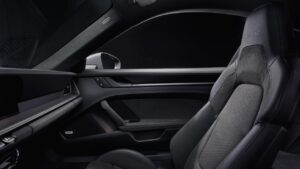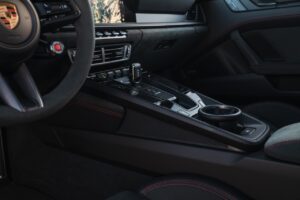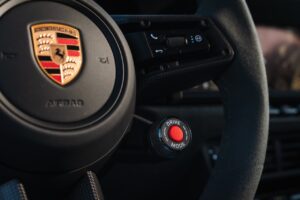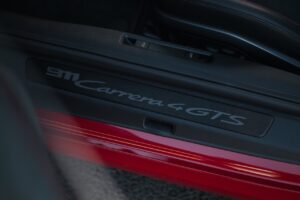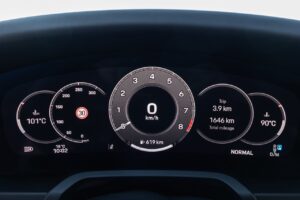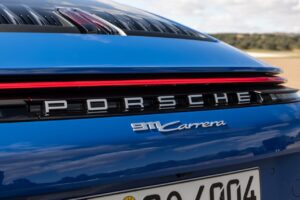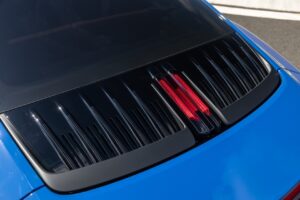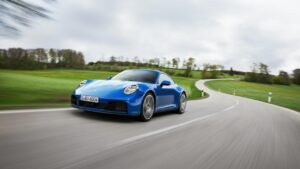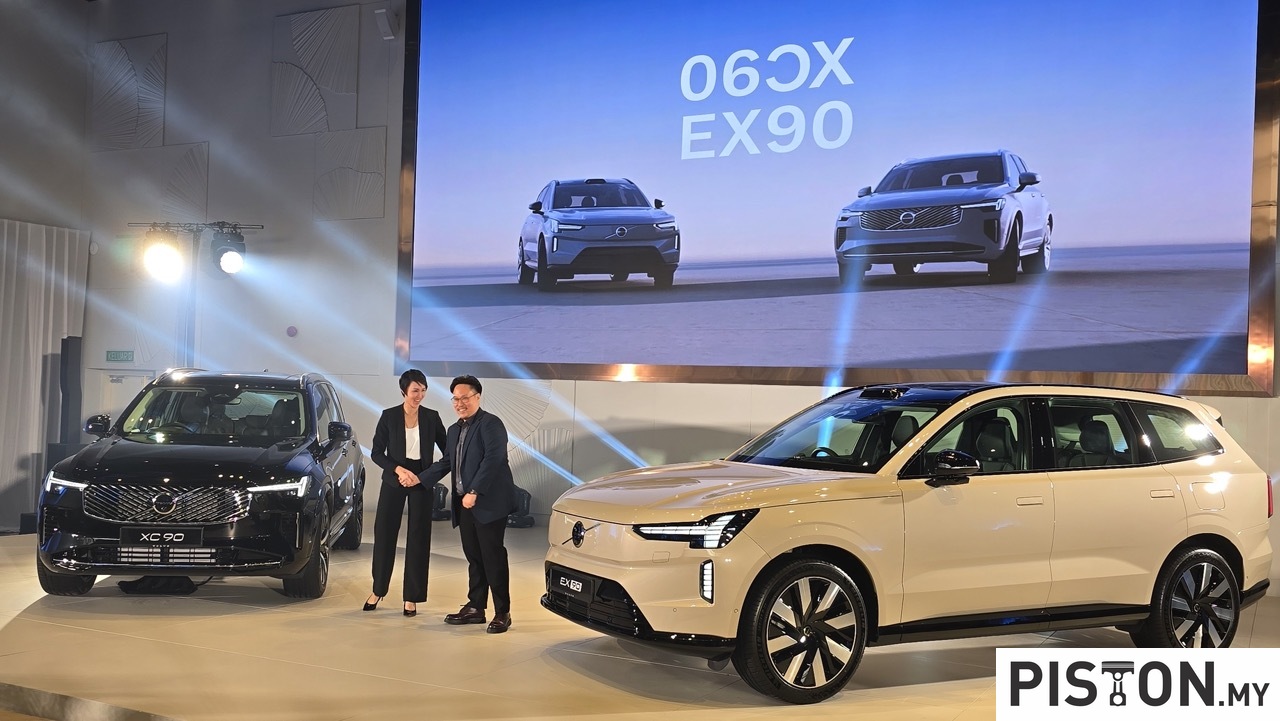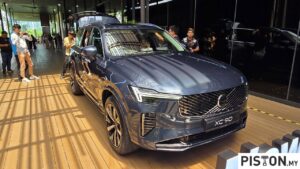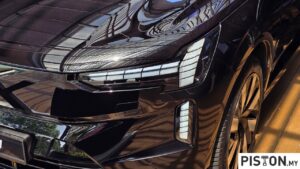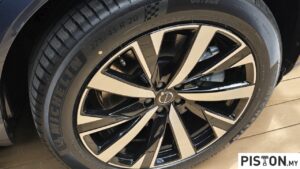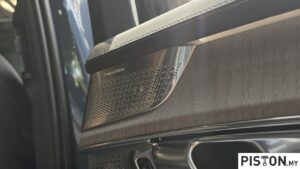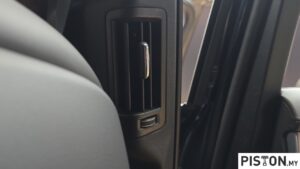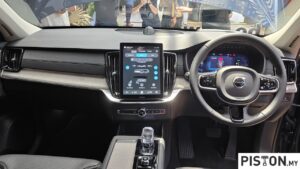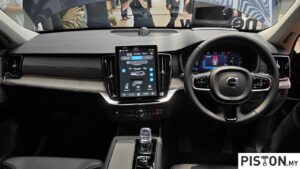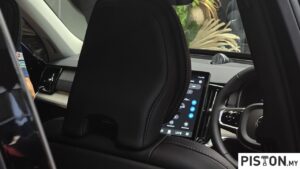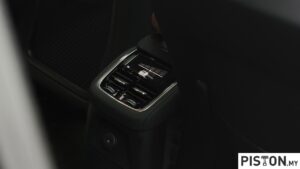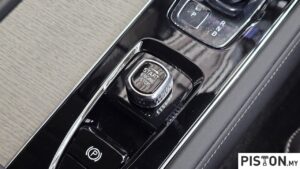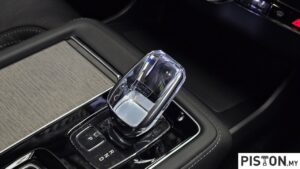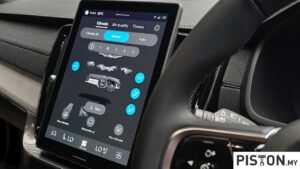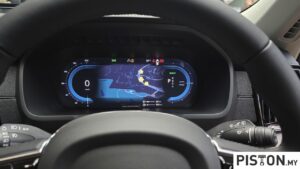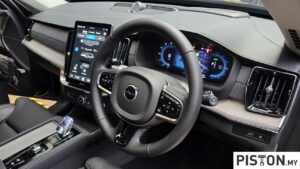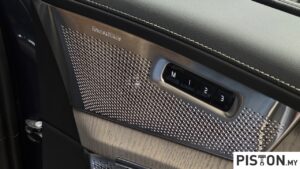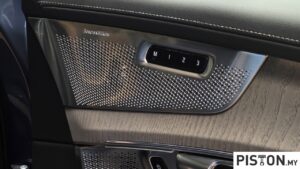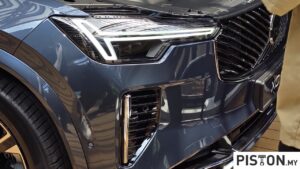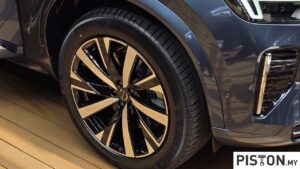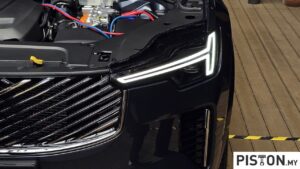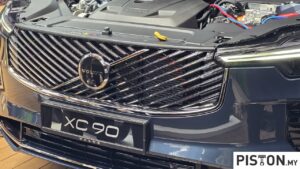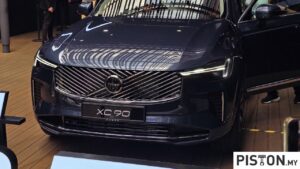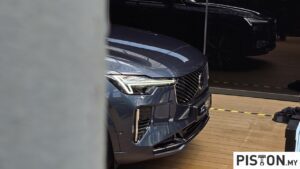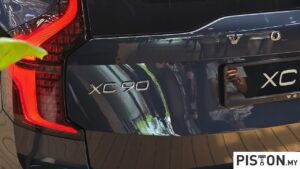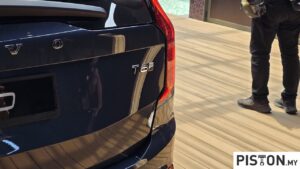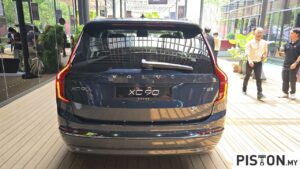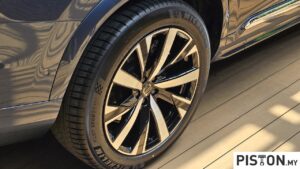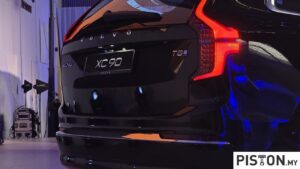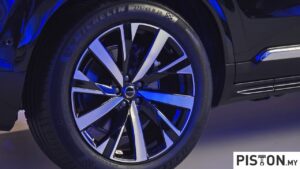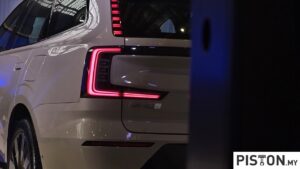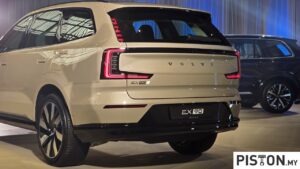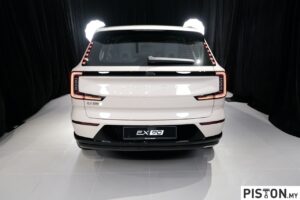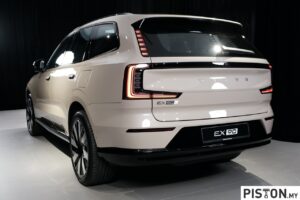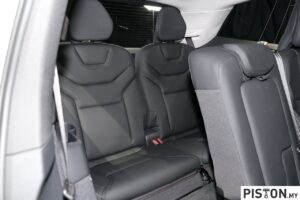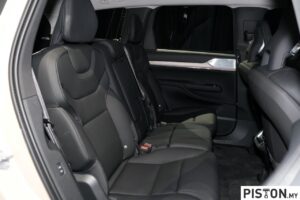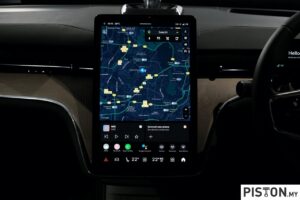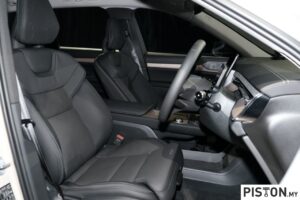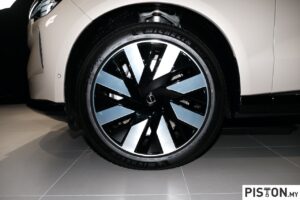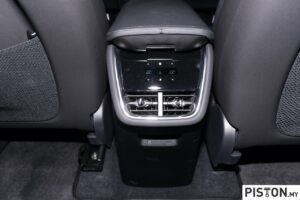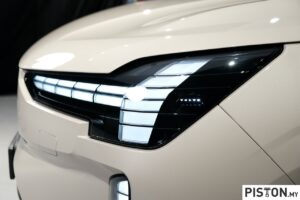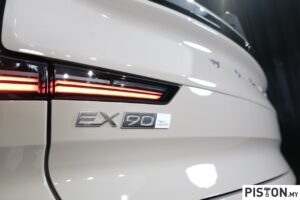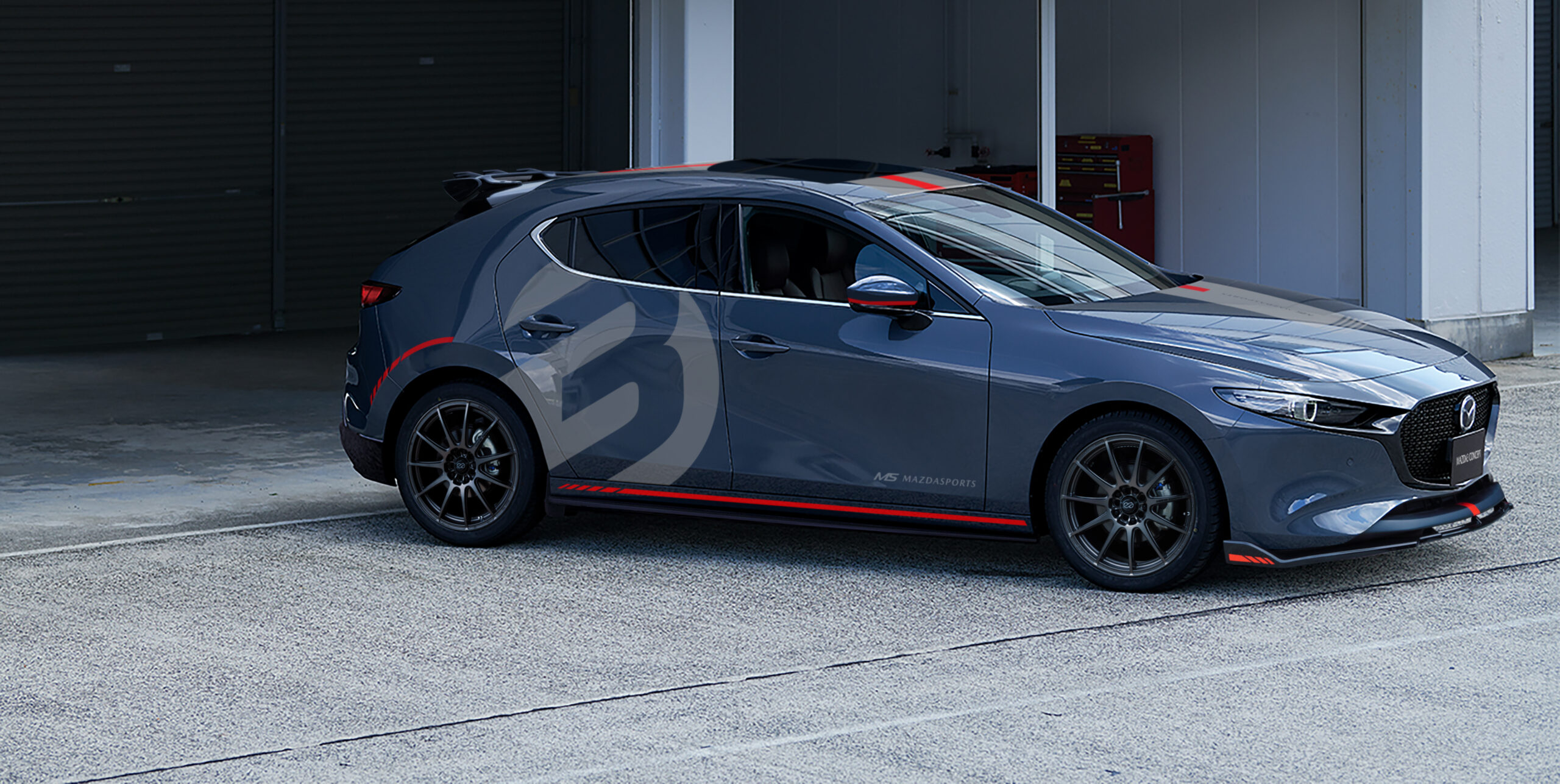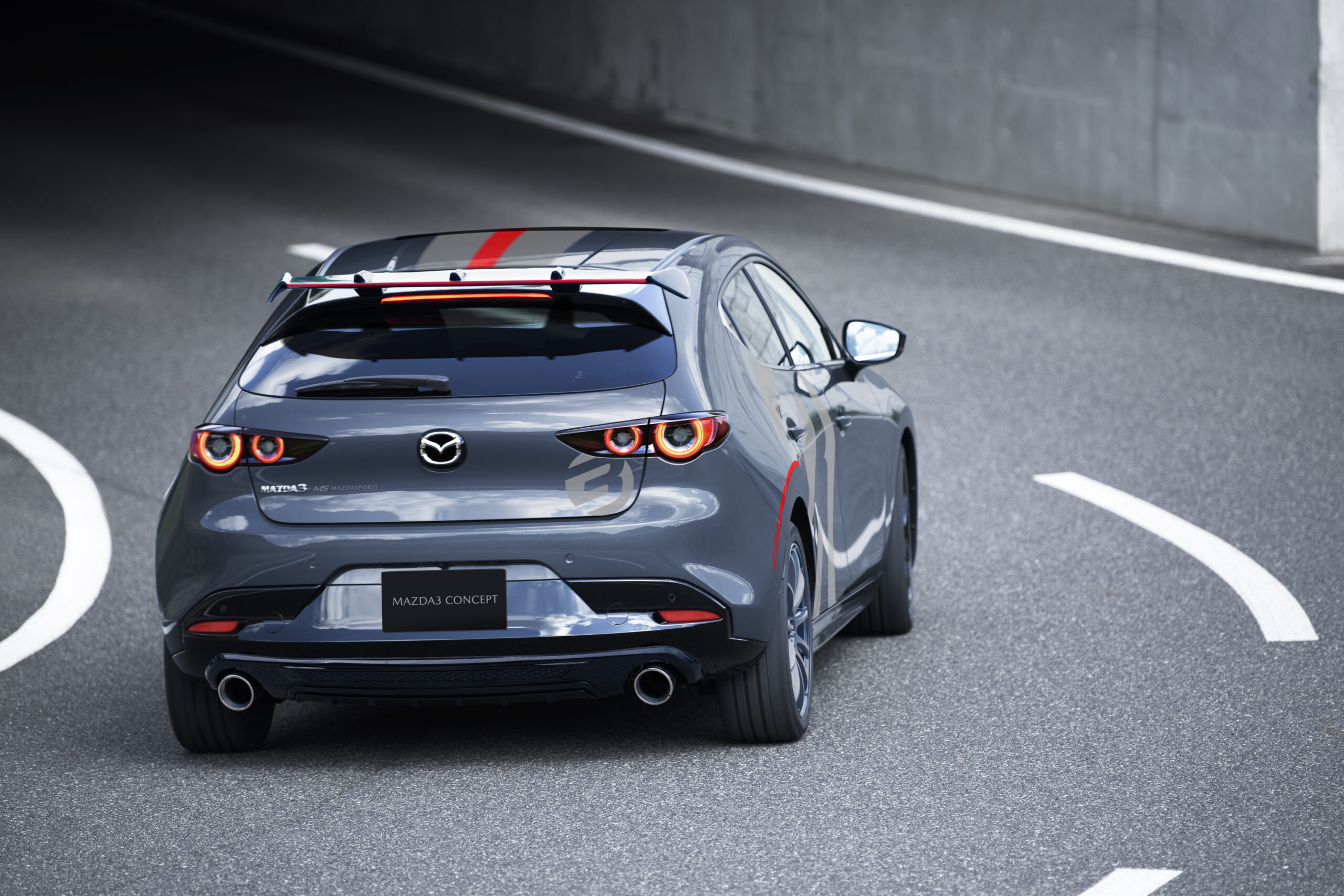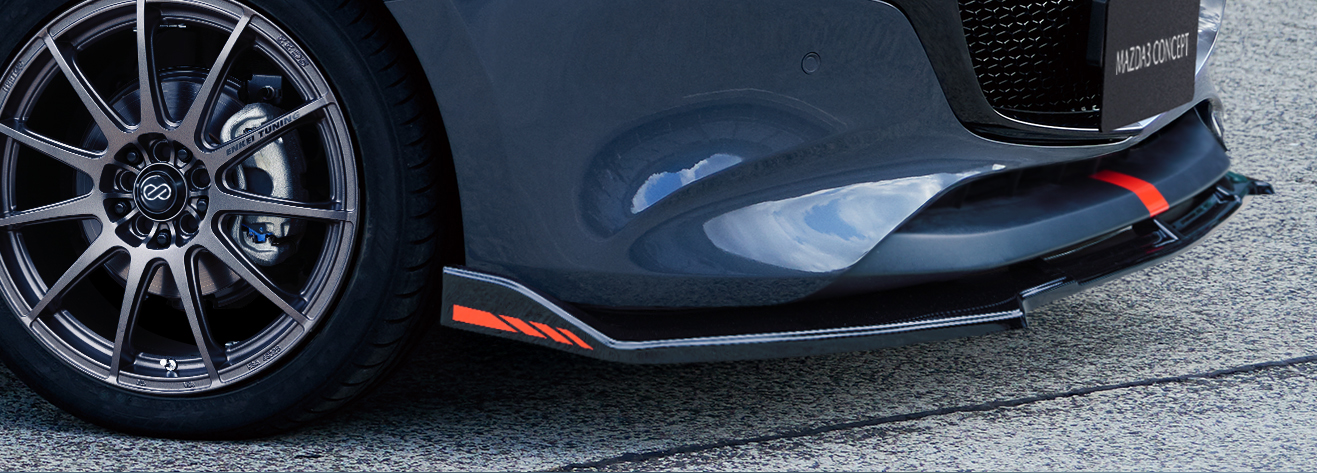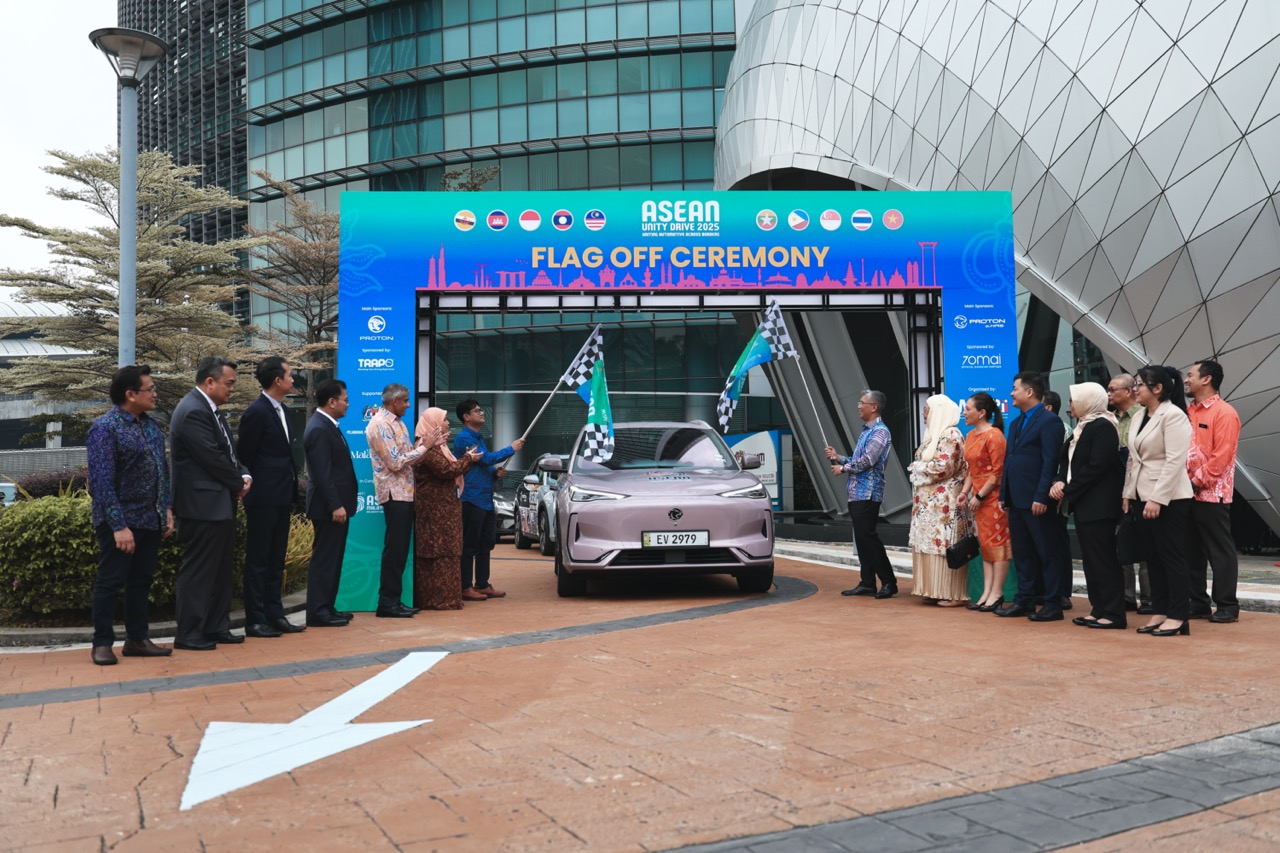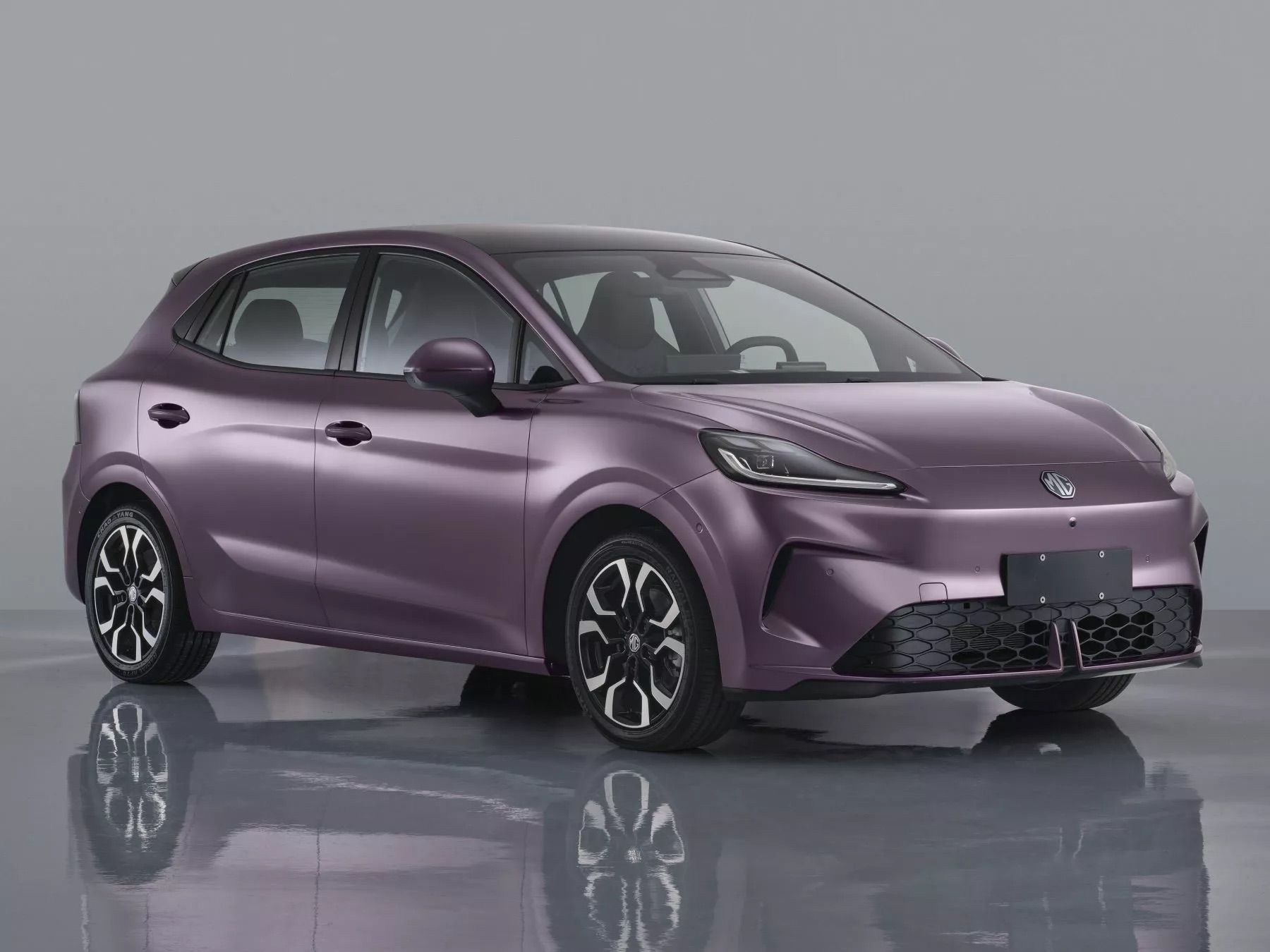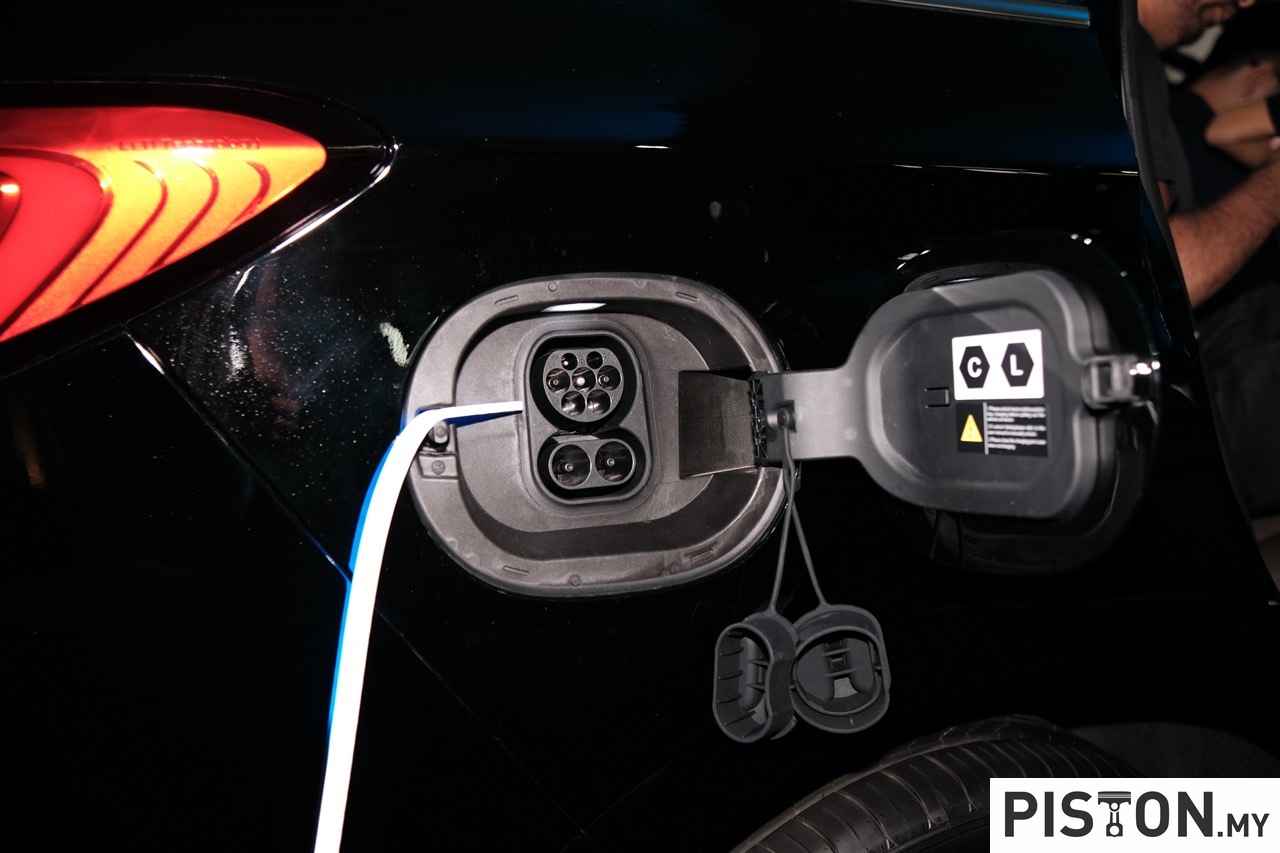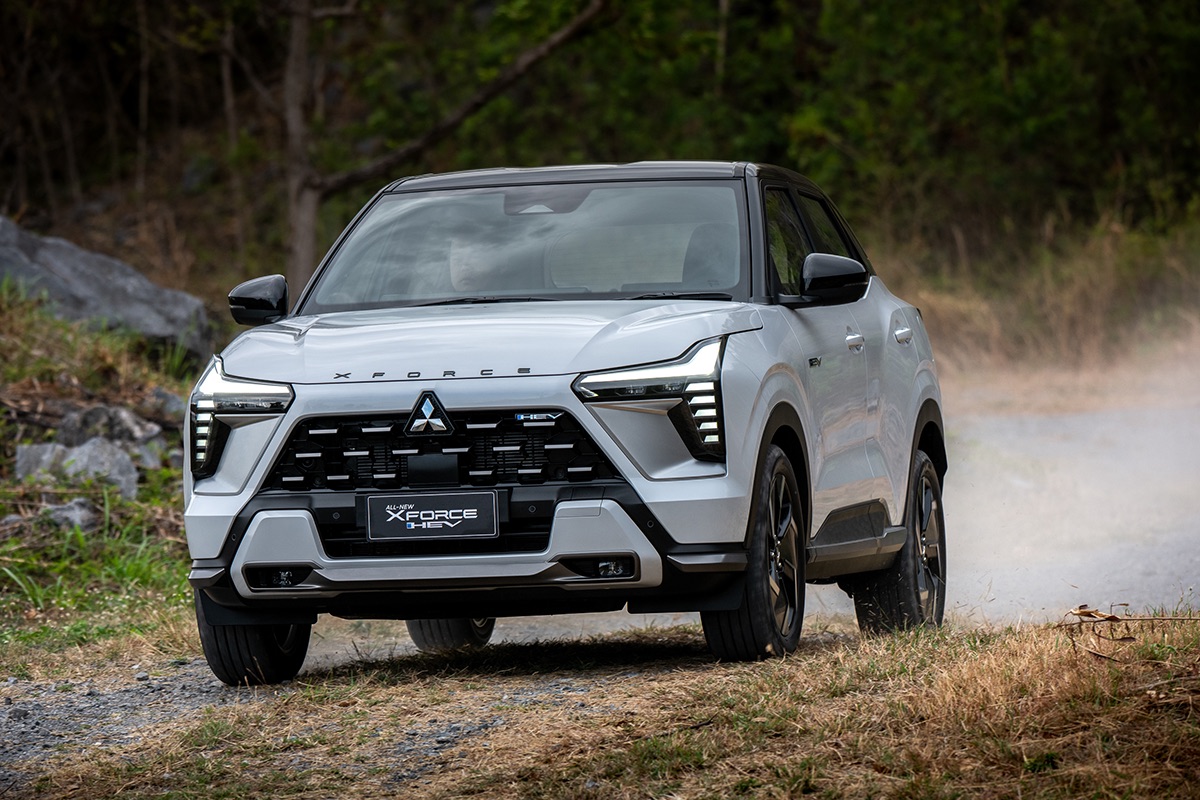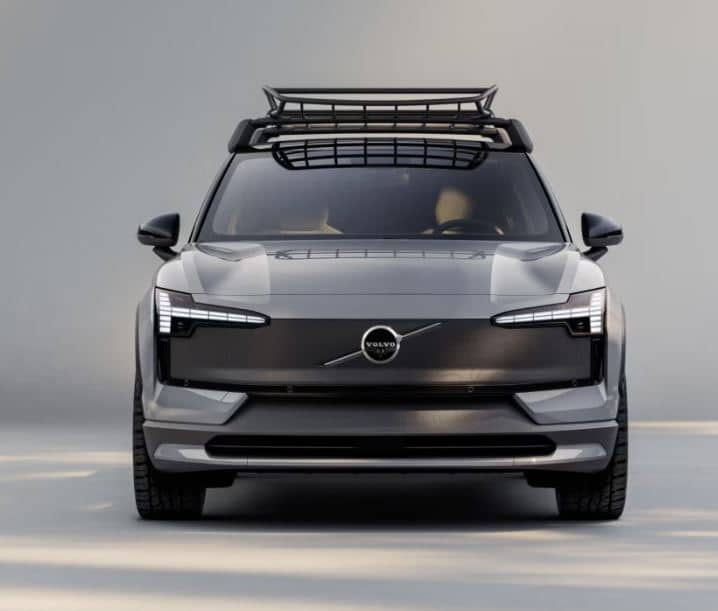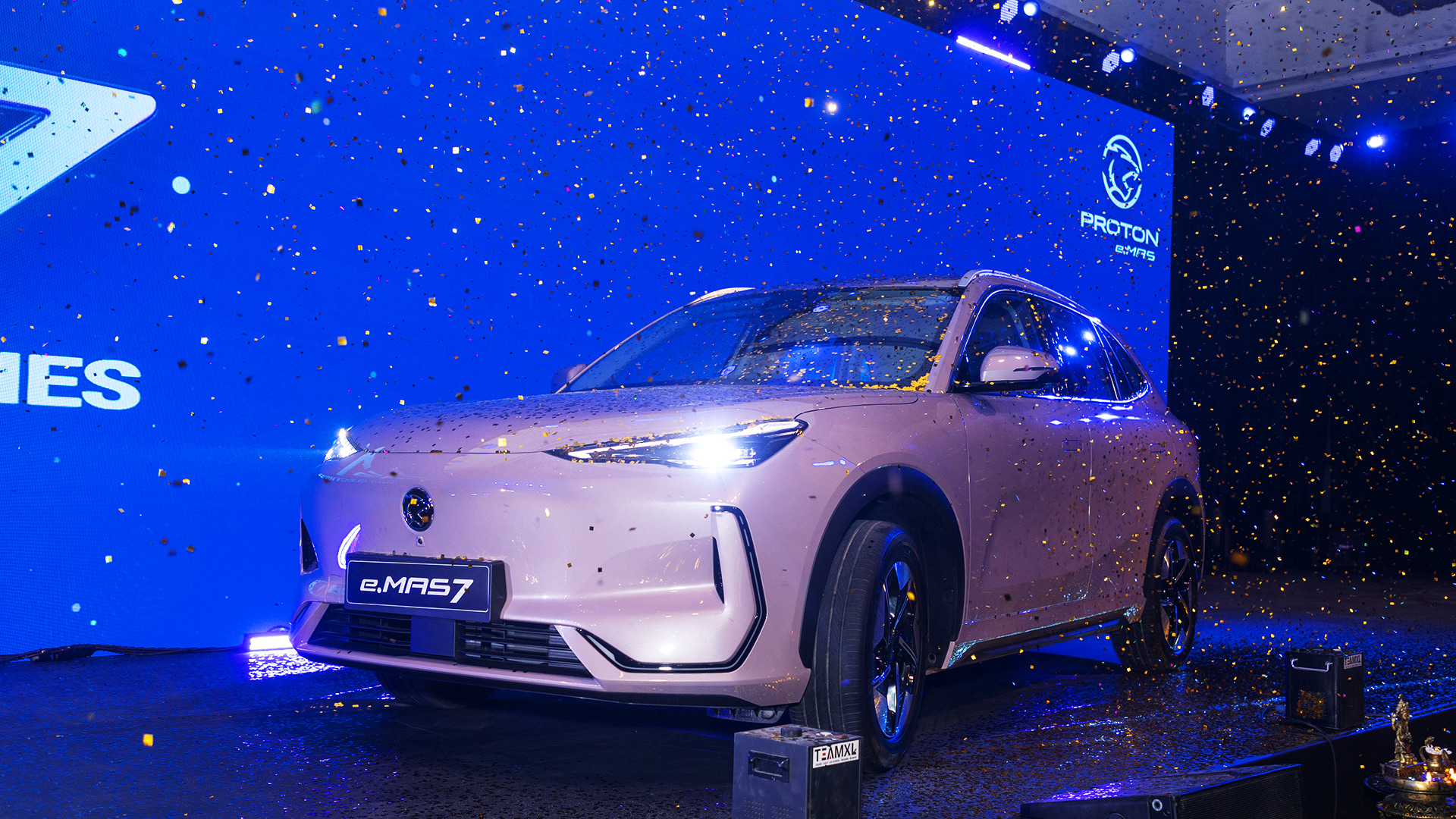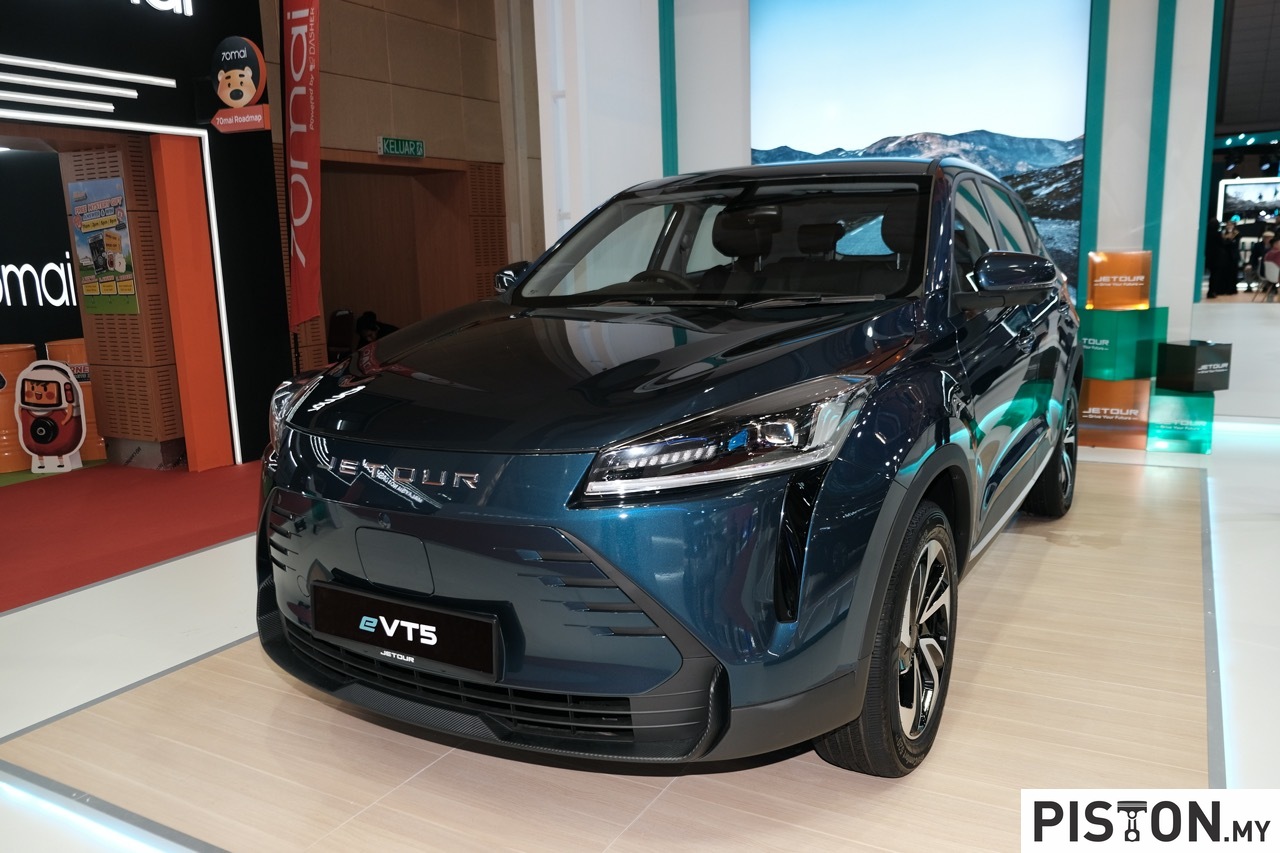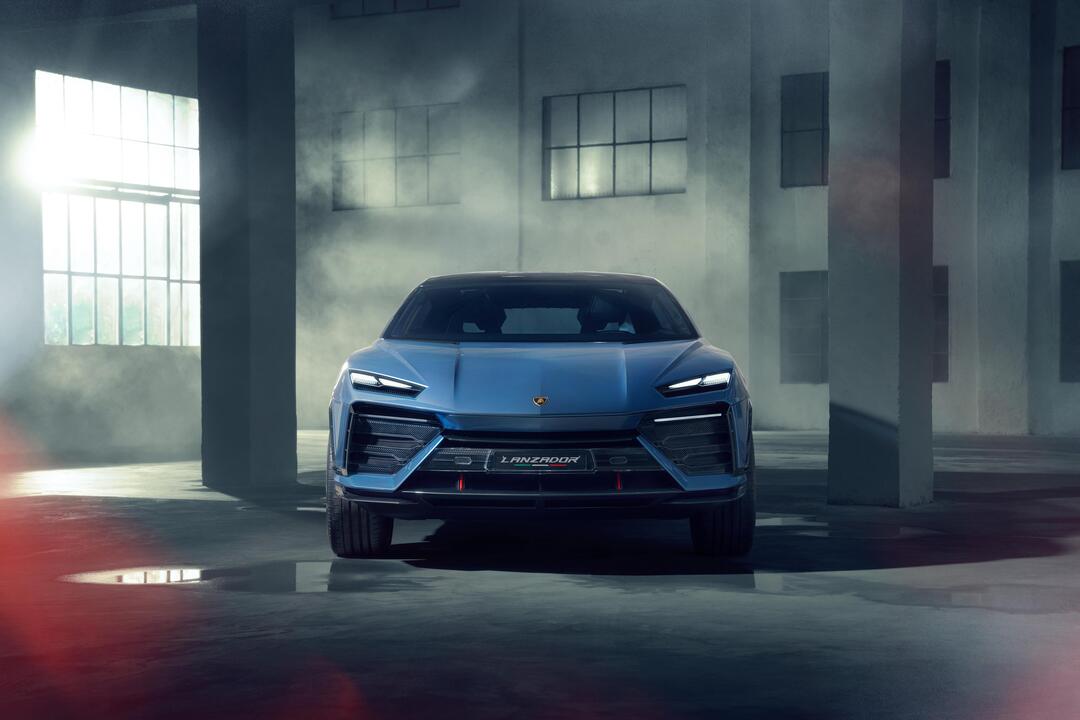Volvo Car Malaysia has unveiled its latest flagship electric SUV, the Volvo EX90, marking a significant milestone in the brand’s electrification journey. Introduced in the high-spec Ultra Twin variant, the EX90 is touted as Volvo’s most advanced and safest vehicle to date, offering cutting-edge technology, exceptional performance, and premium Scandinavian design.
The EX90 represents several industry firsts for Volvo. It is the company’s first model equipped with built-in lidar technology and the first to be entirely software-driven, laying the foundation for future full autonomous driving. Designed with efficiency in mind, its aerodynamic profile incorporates features such as flush glazing and integrated door handles, contributing to a low drag coefficient of 0.29 without compromising its robust SUV stance.
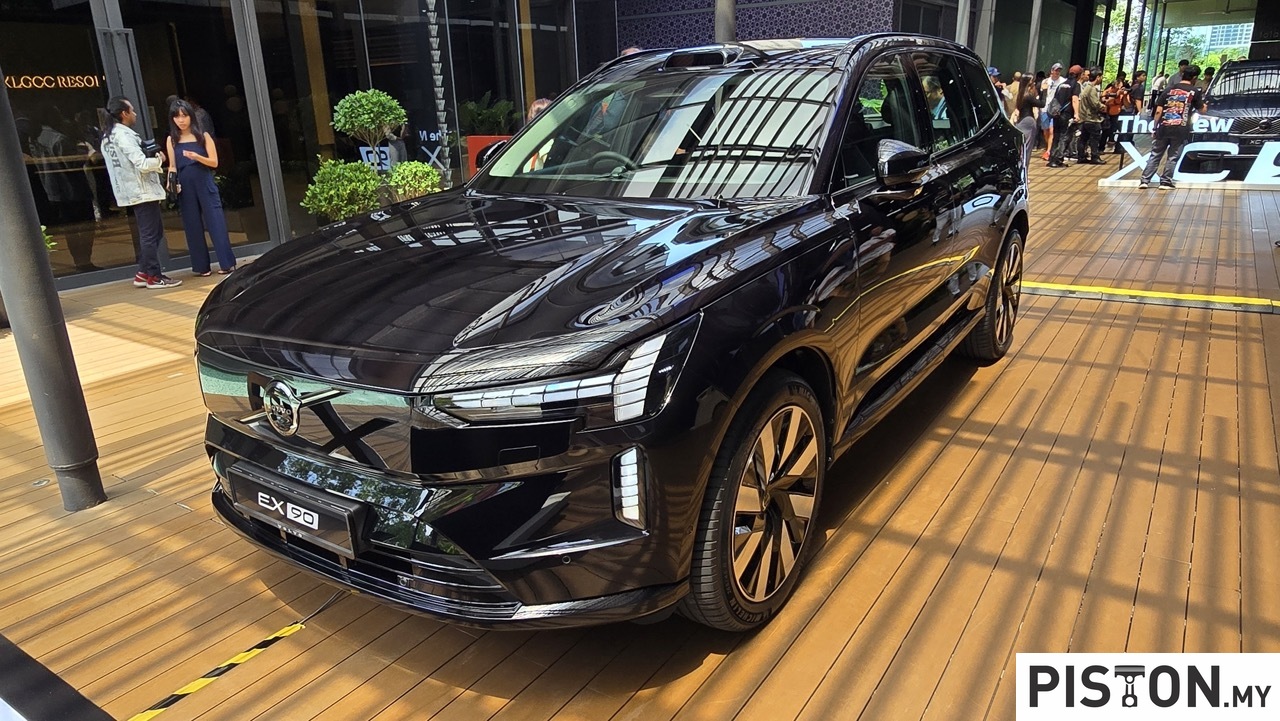
Powered by dual motors and Performance all-wheel drive software, the EX90 Ultra Twin produces 517hp and 910Nm of torque, enabling it to accelerate from 0 to 100km/h in just 4.9 seconds. Its energy comes from a 111 kWh lithium-ion NMC battery (107 kWh usable), which provides a WLTP-certified range of up to 623km. Ultra-fast DC charging allows the battery to be replenished from 10% to 80% in approximately 30 minutes.
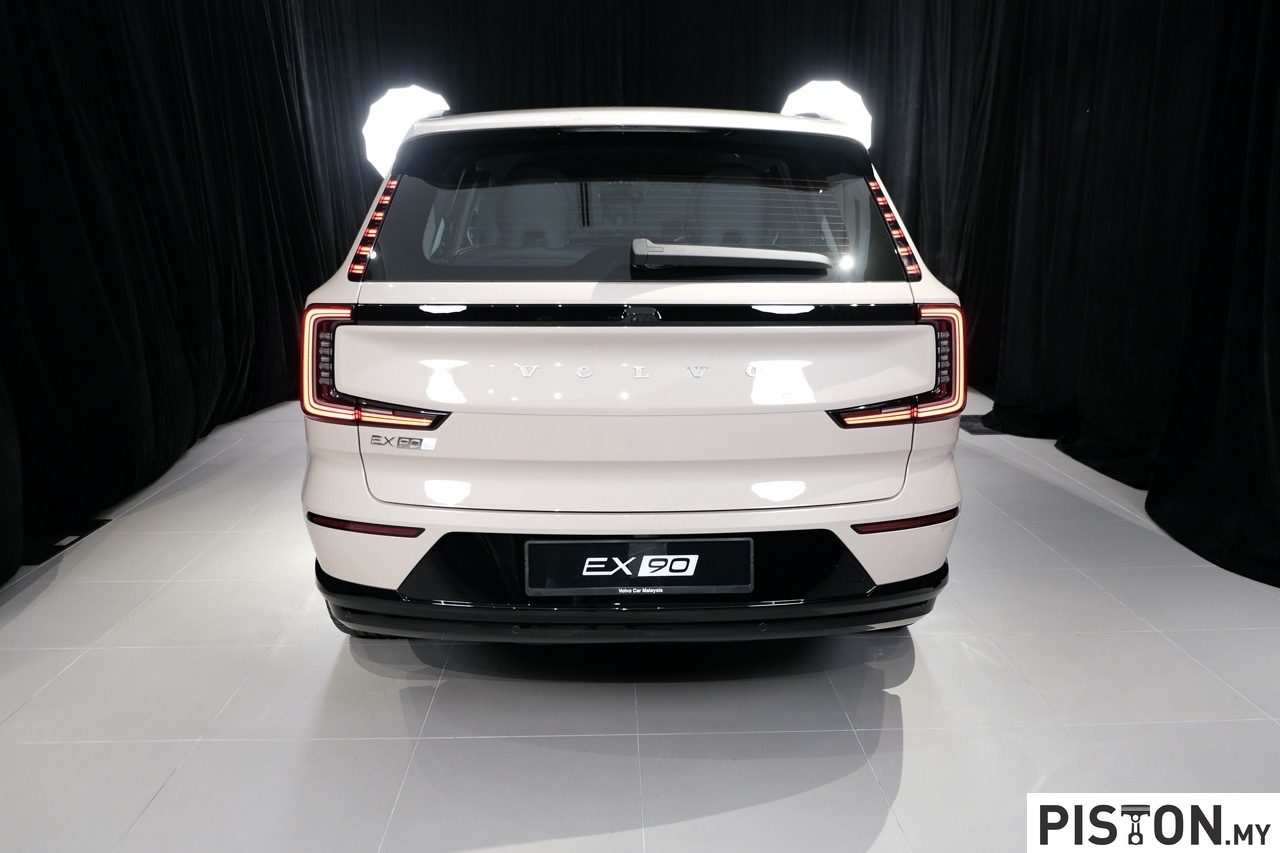
Inside, the EX90 offers a refined, spacious cabin inspired by the principles of Scandinavian design. It features a laminated panoramic sunroof, a 360-degree camera system with 3D visualisation, and a powered tailgate. Four-zone climate control and third-row folding seats add practicality to its luxury-focused offering. The Ultra variant further elevates the experience with active air suspension, massage-equipped front seats with power side bolsters, soft-close doors, and 21-inch Aero wheels. Laminated side and rear windows enhance both insulation and comfort.
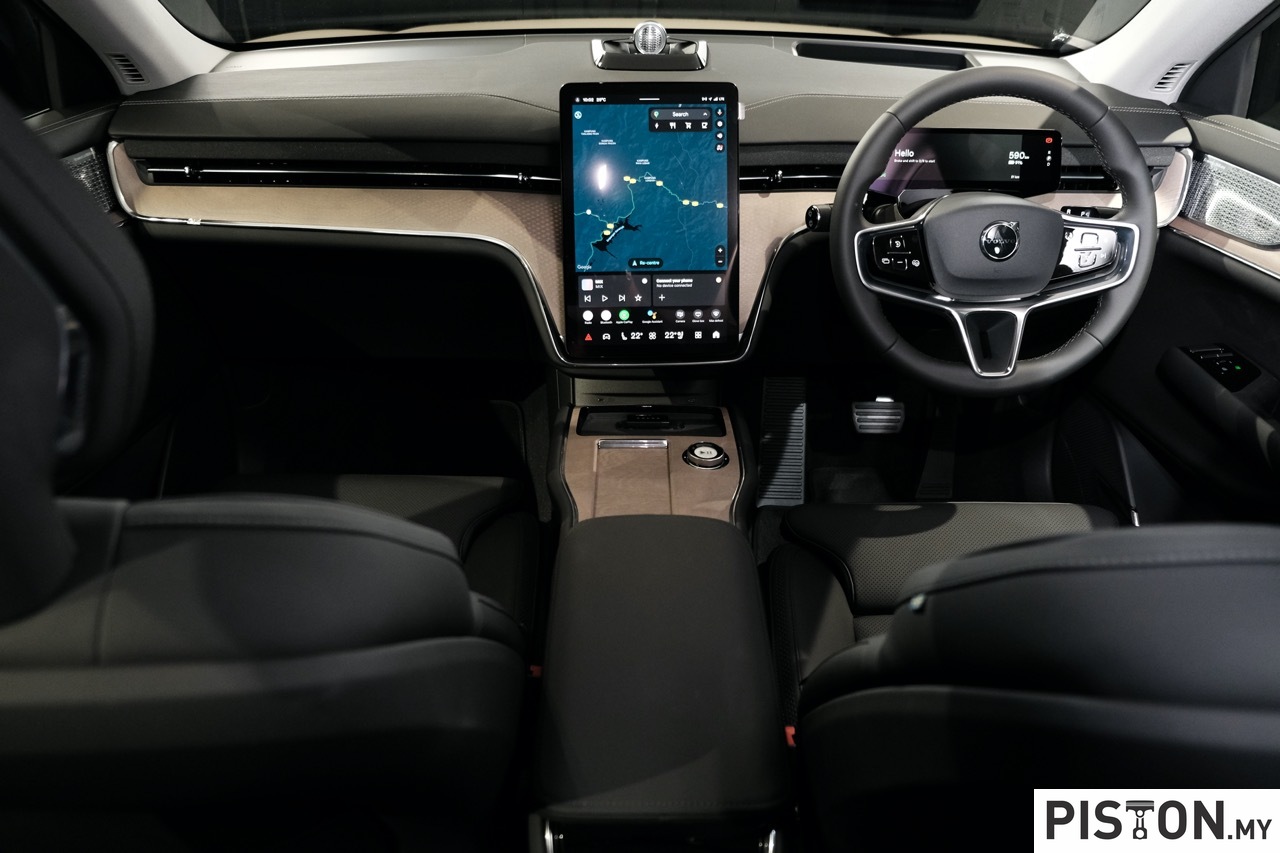
Customers may select from four exterior colours: Onyx Black, Crystal White, Vapour Grey, and the newly introduced Sand Dune. Interior options include Charcoal or Cardamom Nordico upholstery, paired with sustainably sourced FSC™-certified Birch wood trim.
Volvo has placed a strong emphasis on safety with the EX90, declaring it the safest vehicle it has ever produced. The Safe Space Technology suite integrates lidar, radar, ultrasonic sensors, and cameras to provide a 360-degree view of the vehicle’s surroundings. The system supports advanced collision prevention with automatic steering and braking, alongside Pilot Assist with Lane Change Assist. A Driver Understanding System monitors driver alertness and can bring the vehicle to a stop in emergencies, while Occupant Sensing technology detects children or pets left inside. Additional features include door opening alerts to protect pedestrians and cyclists, and adaptive headlights with 1.3 million pixels per module for precision lighting.
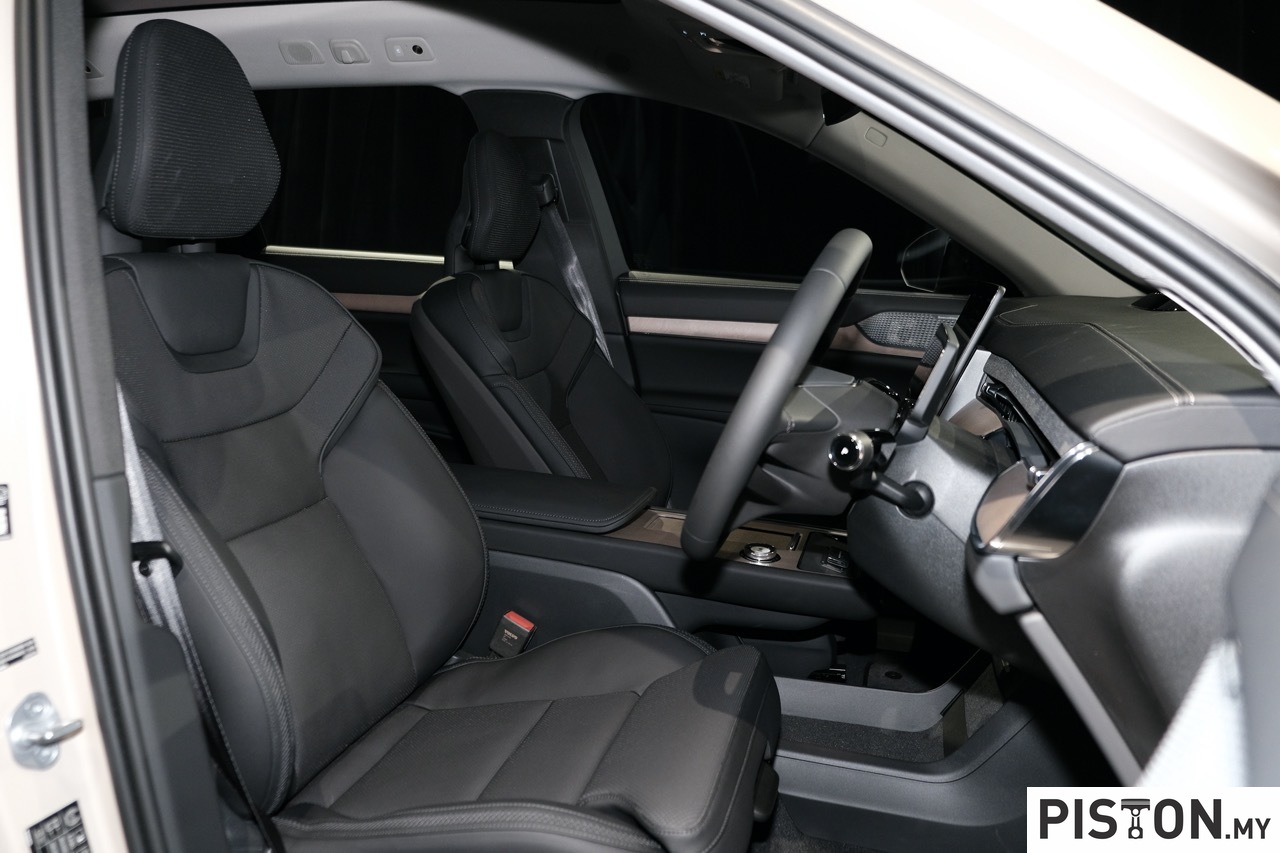
Cabin comfort has also been redefined. The ultra-quiet interior benefits from laminated acoustic glass and comprehensive sound insulation, while a Bowers & Wilkins 25-speaker audio system with Dolby Atmos ensures an immersive listening experience. Orthopaedic-style seating, ventilation, and massage functions provide long-distance comfort, and SunLike LED lighting reduces eye strain by mimicking natural daylight. The vehicle’s advanced air purification system filters over 95% of PM2.5 particulates and more than 97% of airborne viruses. A one-pedal drive mode improves control and energy regeneration, and digital key technology enables access through a smartphone or smartwatch, automatically loading the driver’s personalised settings.
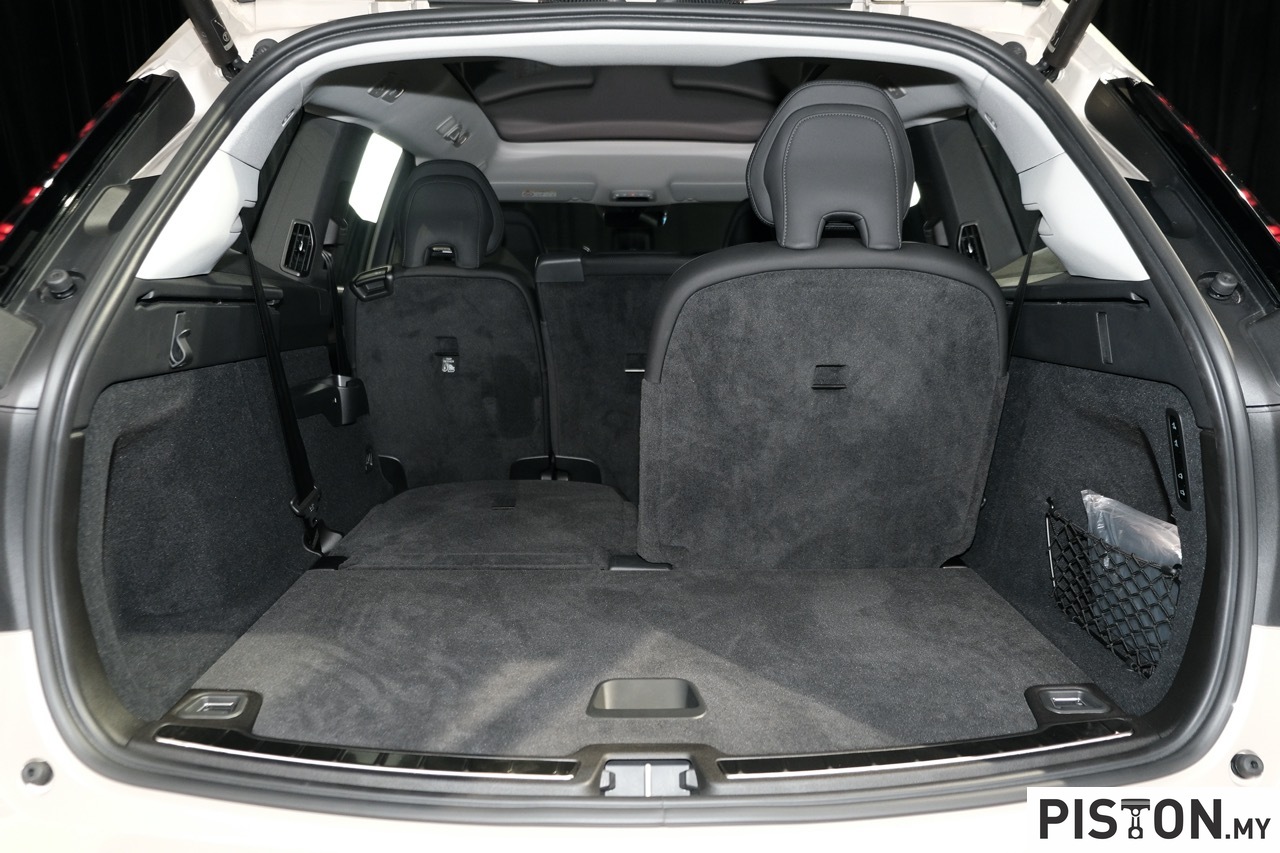
The Volvo EX90 is priced at RM442,888 in Peninsular Malaysia and RM442,648 in Sabah and Sarawak. It comes with five years of complimentary digital services, an eight-year high-voltage battery warranty, unlimited mileage vehicle warranty, and 24-hour roadside assistance. The first 50 customers will receive a complimentary wallbox charger and sunshade package worth RM5,000.
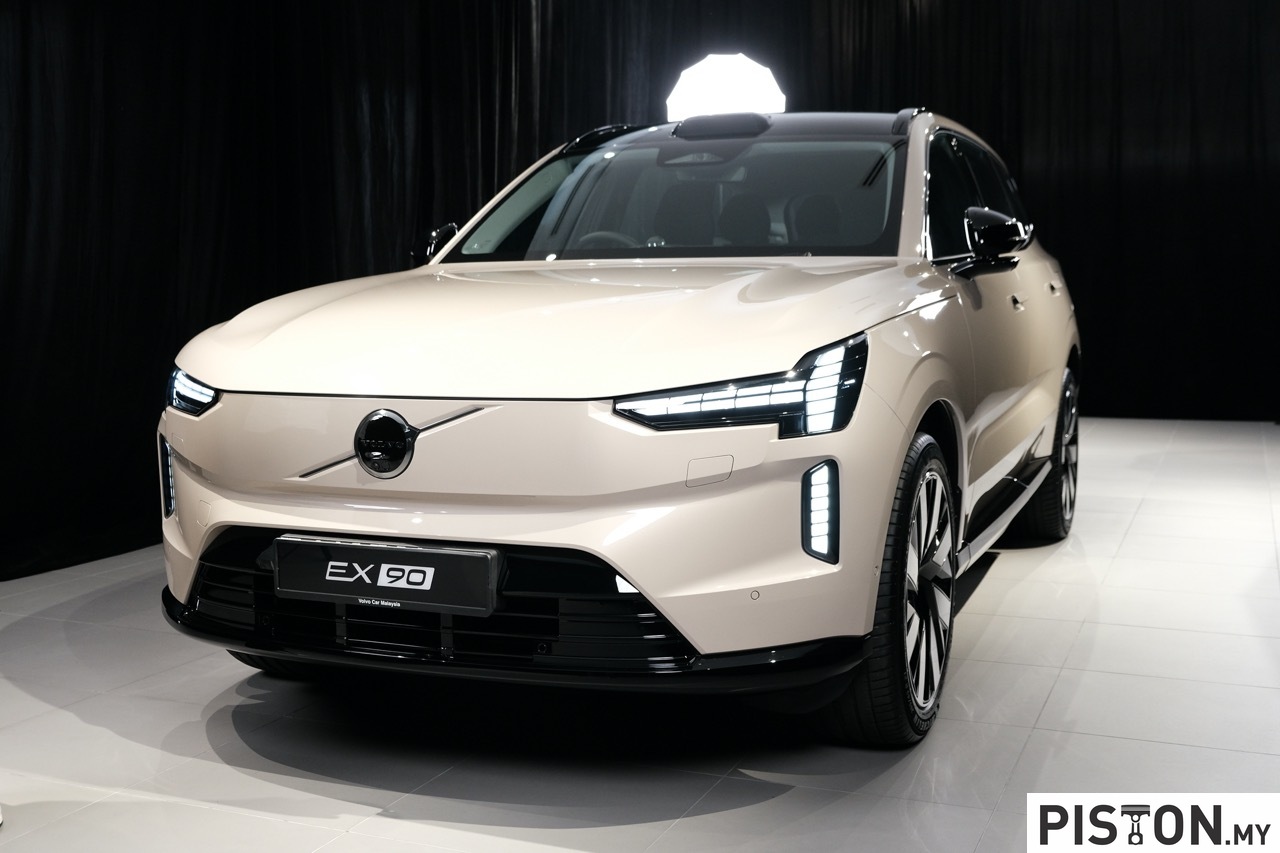
Updated Volvo XC90 Also Makes Its Debut
Alongside the launch of the EX90, Volvo Car Malaysia also introduced the refreshed 2025 Volvo XC90, aimed at customers who prefer plug-in hybrid or mild hybrid options. The new XC90 features updated styling, a redesigned dashboard, and expanded digital interfaces, including an 11.2-inch central touchscreen, a 12.3-inch digital driver cluster, and a head-up display.

The Ultra T8 Plug-in Hybrid variant offers 462hp and 709Nm of torque, accelerating from 0 to 100km/h in 5.3 seconds while achieving an impressive fuel consumption of 1.8L/100km. The Ultra B5 Mild Hybrid delivers 263 hp and 390 Nm of torque, with a 0–100 km/h time of 7.7 seconds.
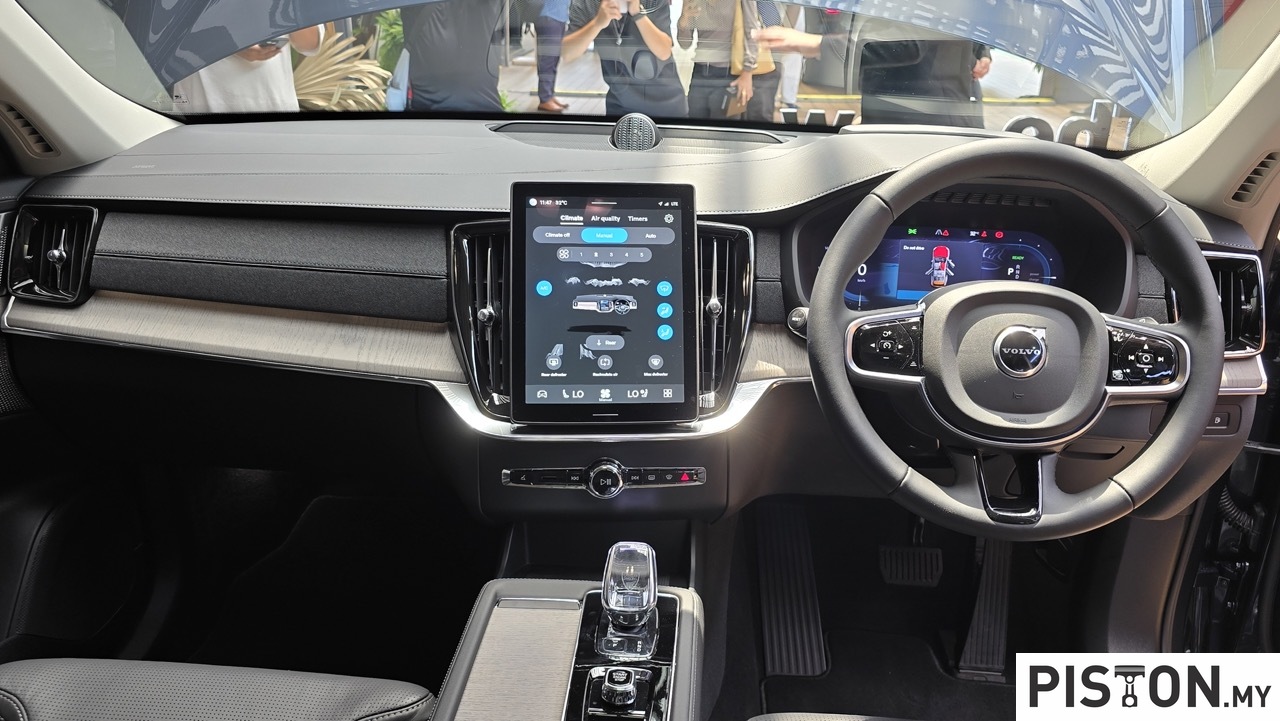
Standard features across both variants include a panoramic sunroof, ventilated Nappa leather seats with memory and massage functions, a Bowers & Wilkins sound system, four-zone climate control, and Pilot Assist with adaptive cruise control. Customers can choose from colours including Onyx Black, Crystal White, Vapour Grey, and Denim Blue, complemented by Charcoal Grey Ash wood interior décor.
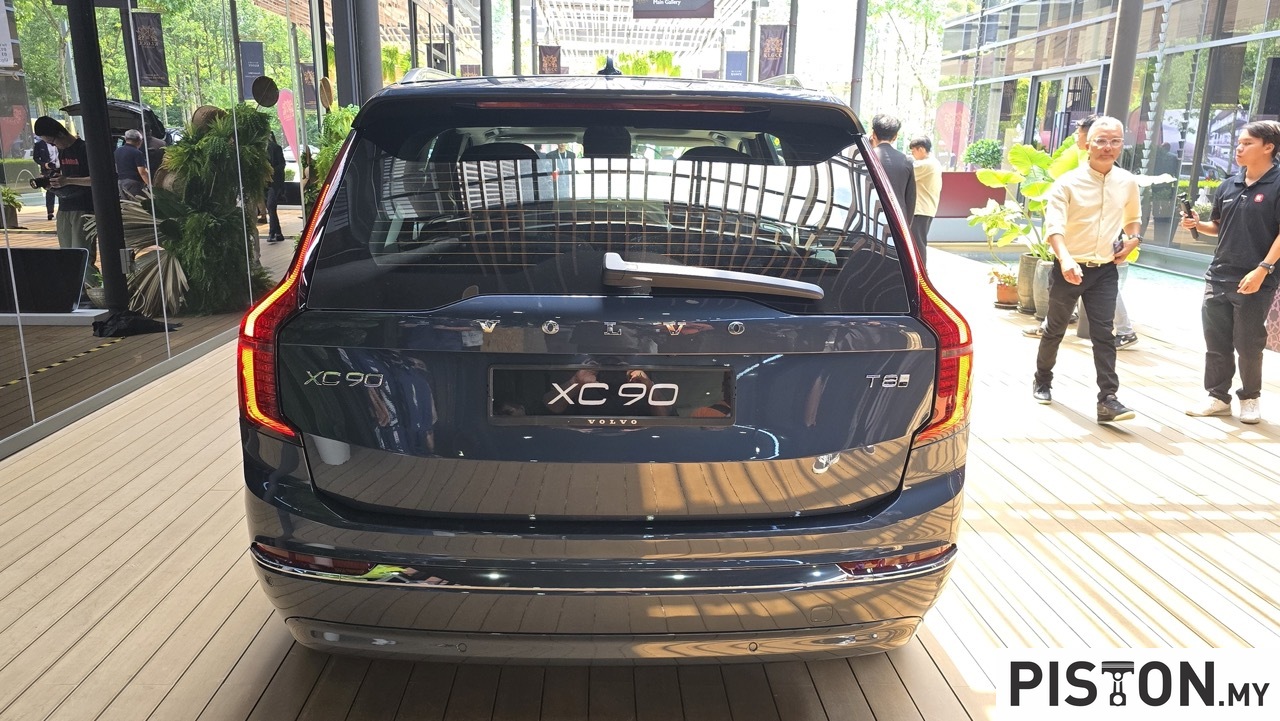
Pricing for the updated XC90 remains unchanged. The Ultra T8 is priced at RM434,888 in Peninsular Malaysia and RM434,457 in Sabah and Sarawak. The B5 Mild Hybrid is available at RM418,888 and RM418,457, respectively.
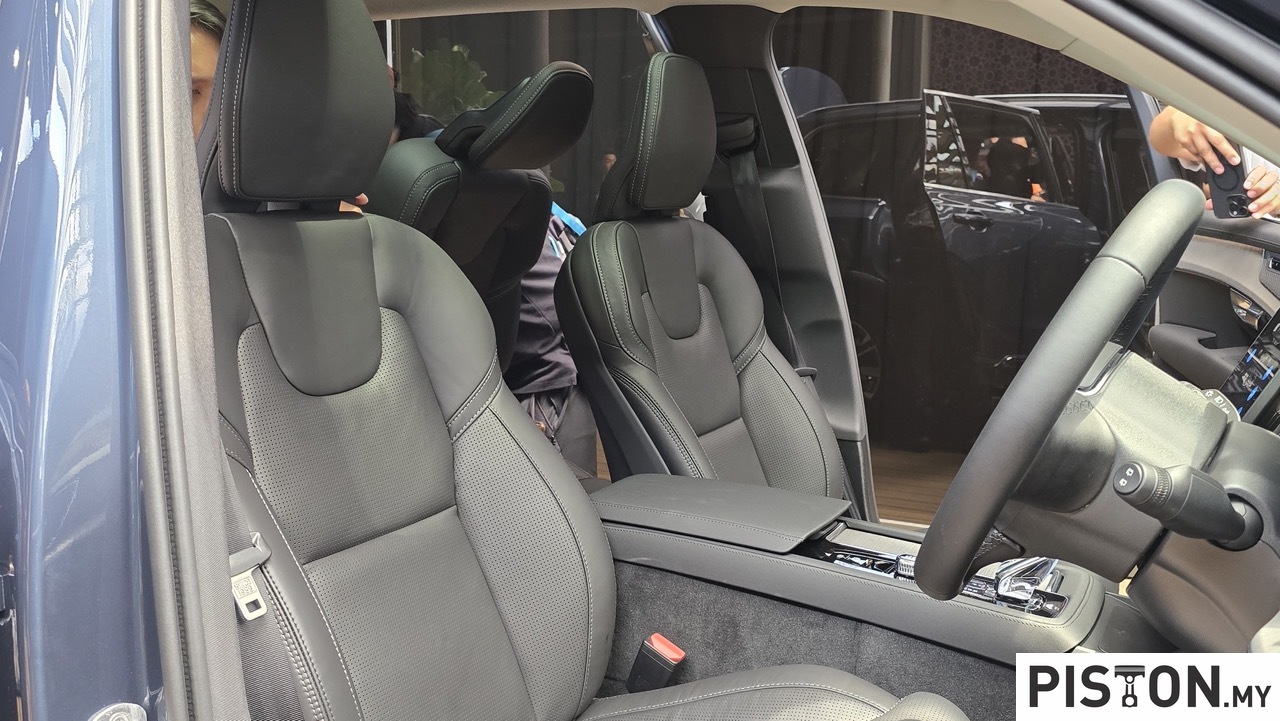
Bookings and test drives for both the Volvo EX90 and the updated XC90 are now available at authorised Volvo Car dealerships nationwide and through the official Volvo Car Malaysia website.





